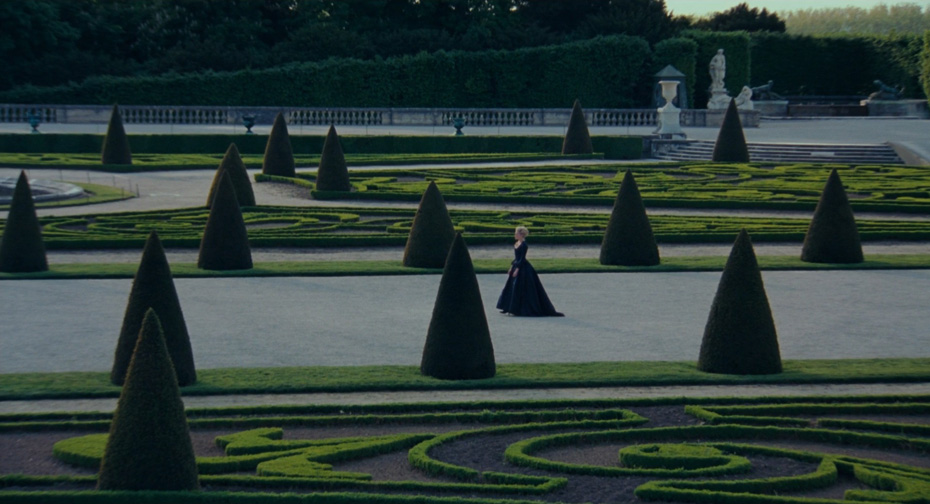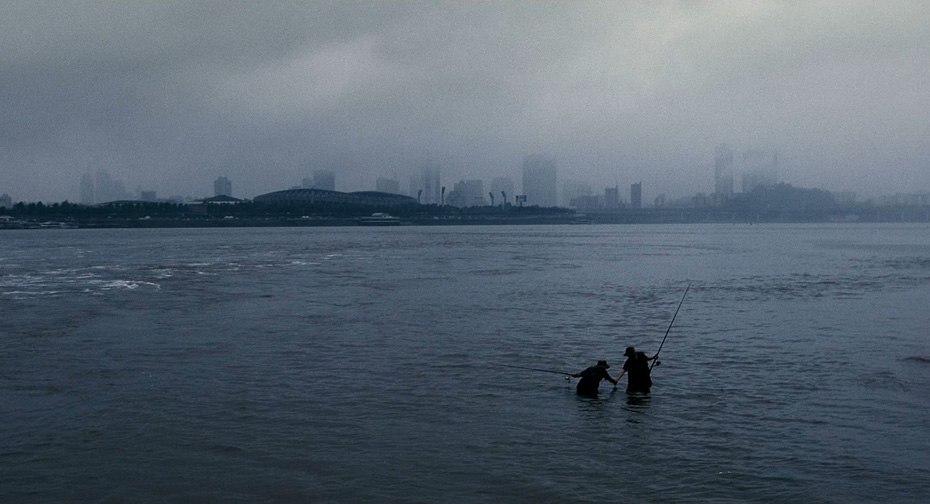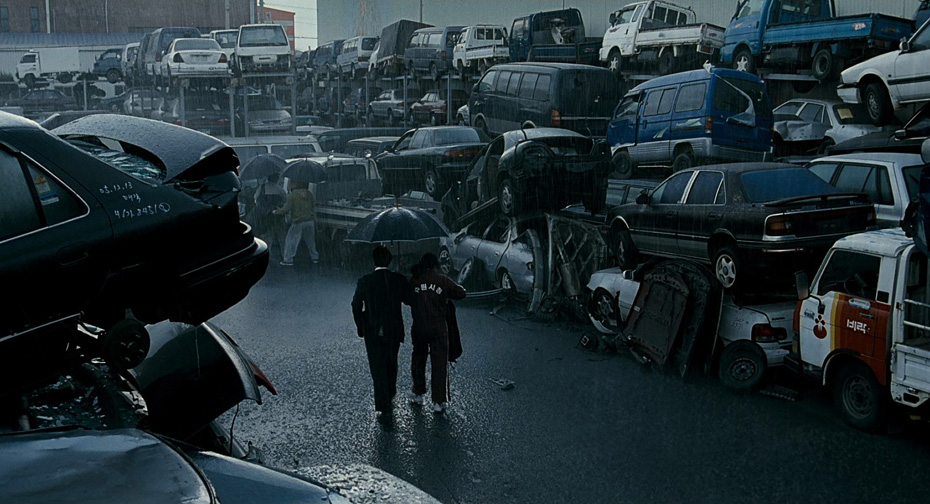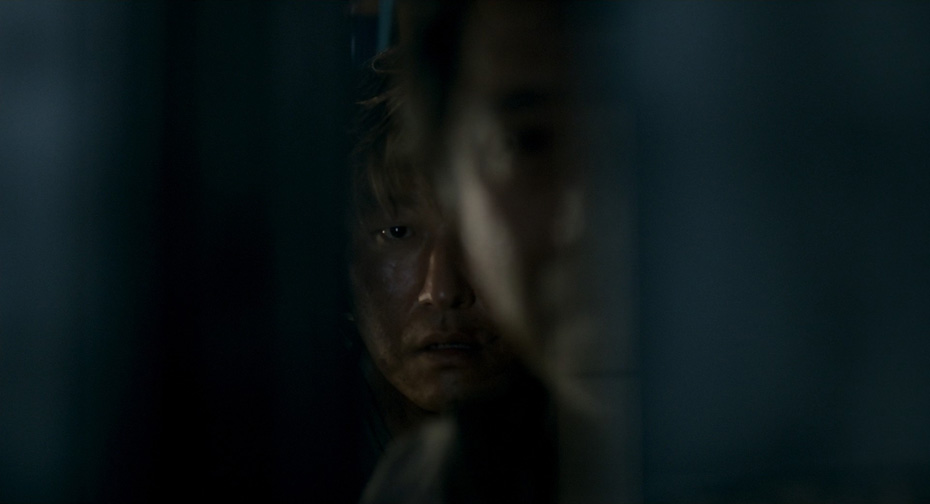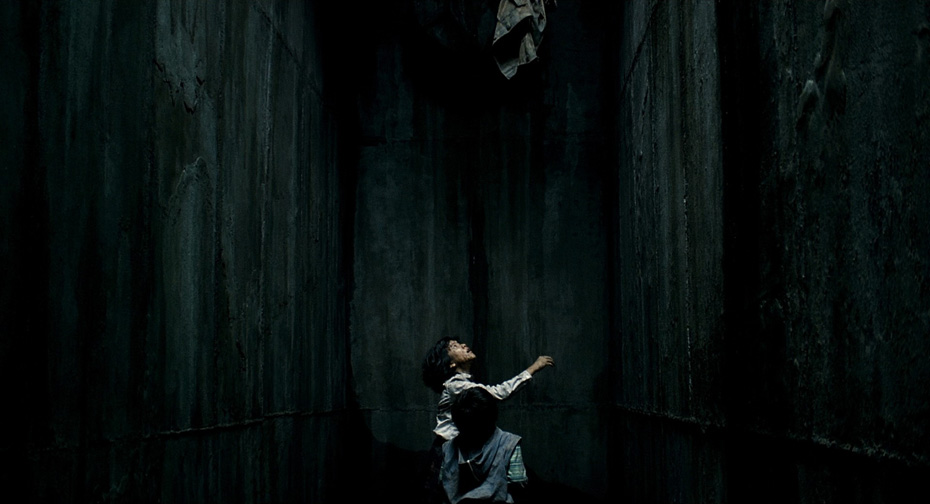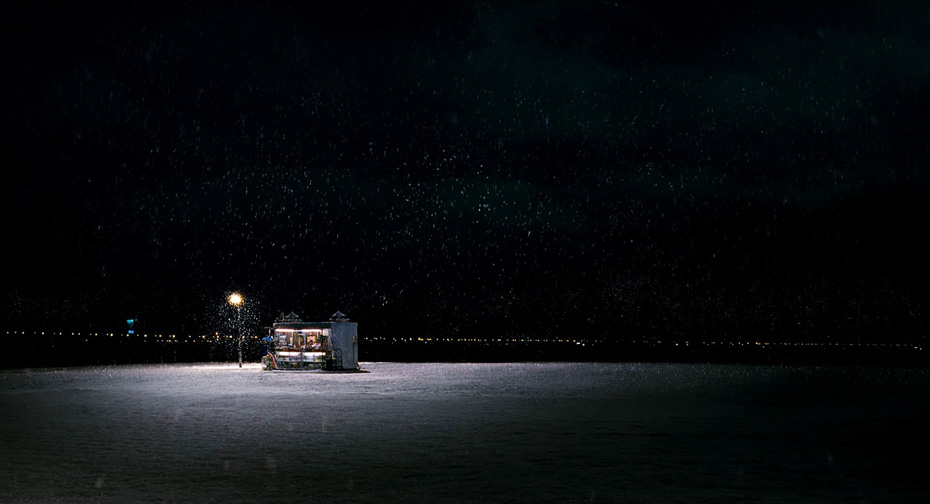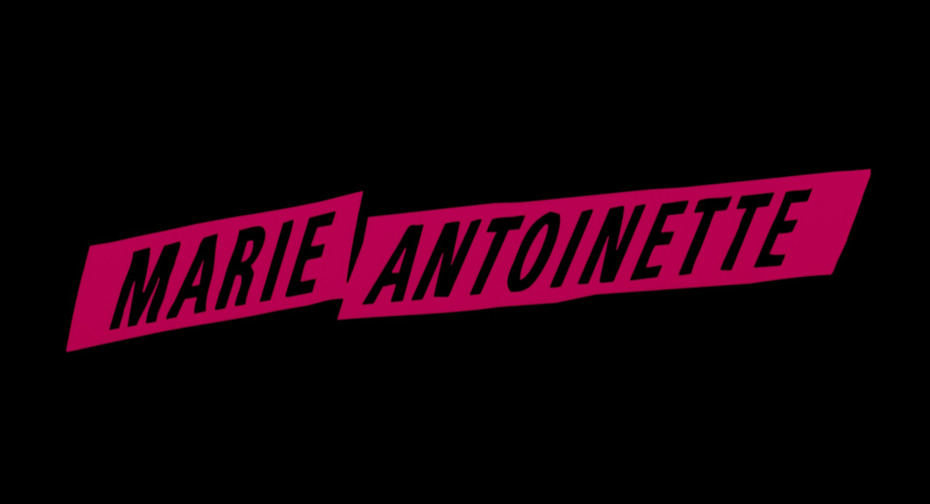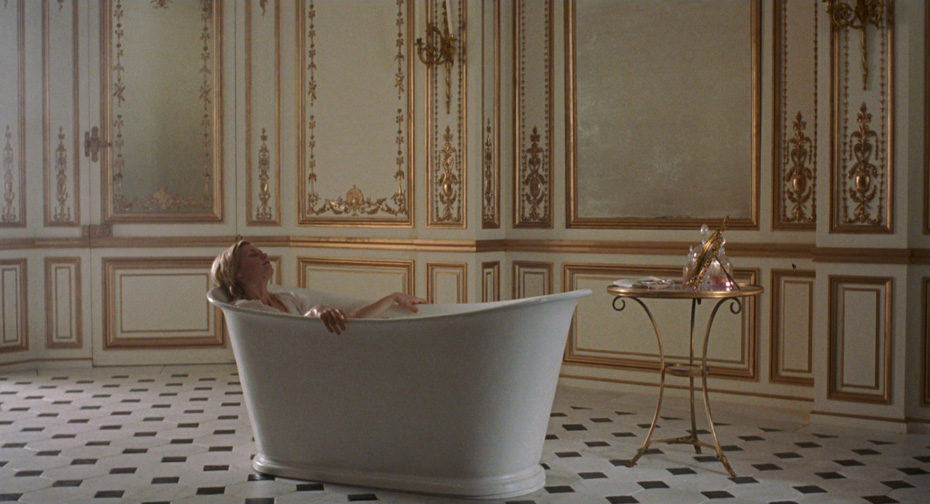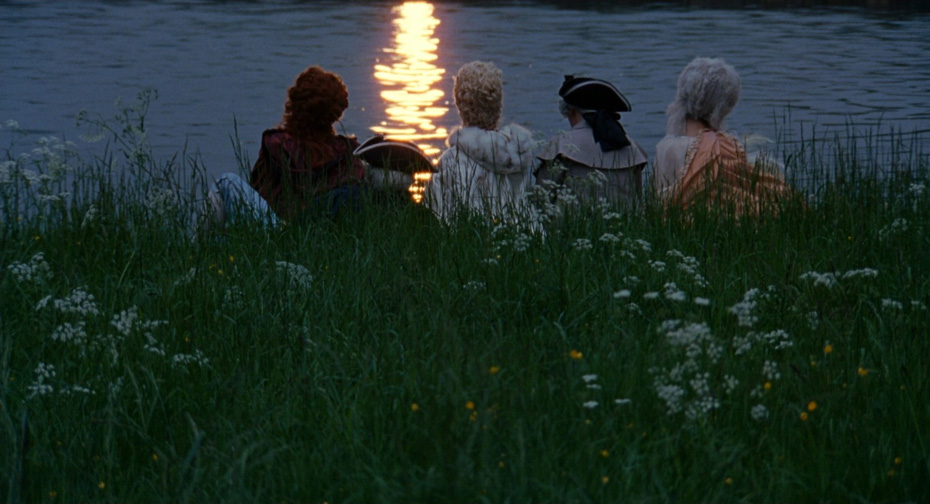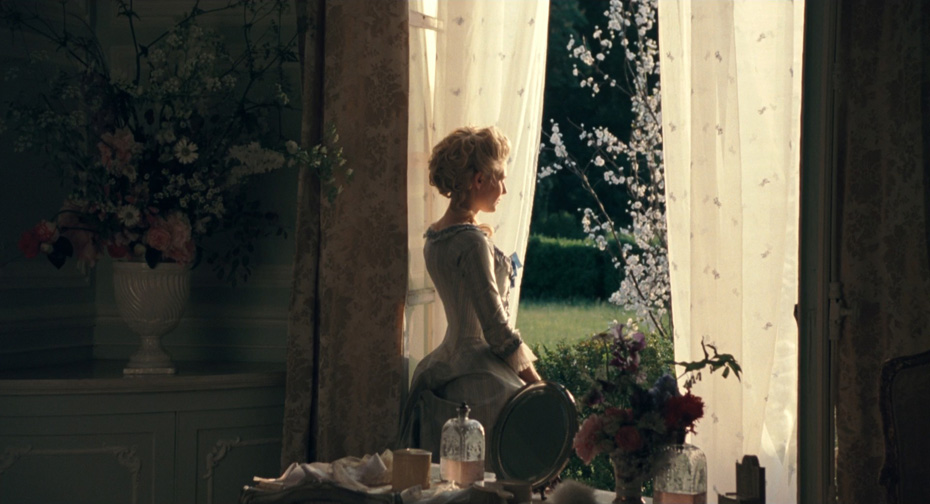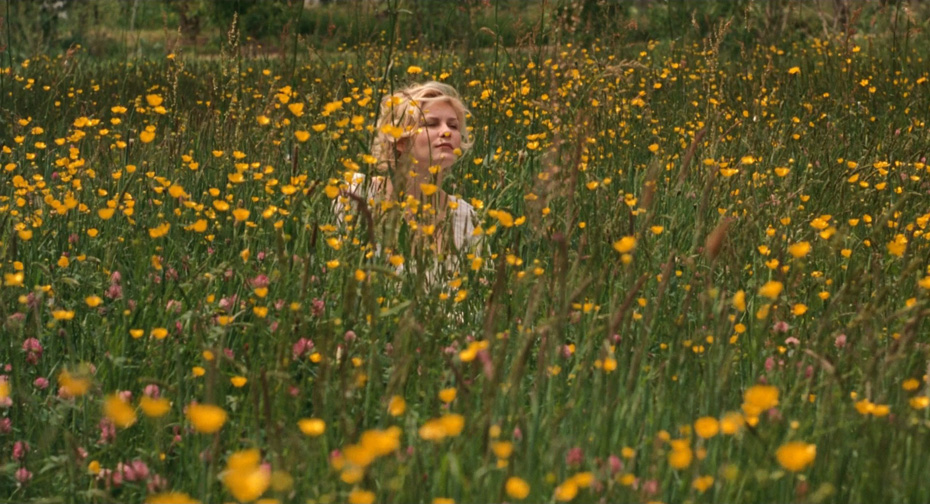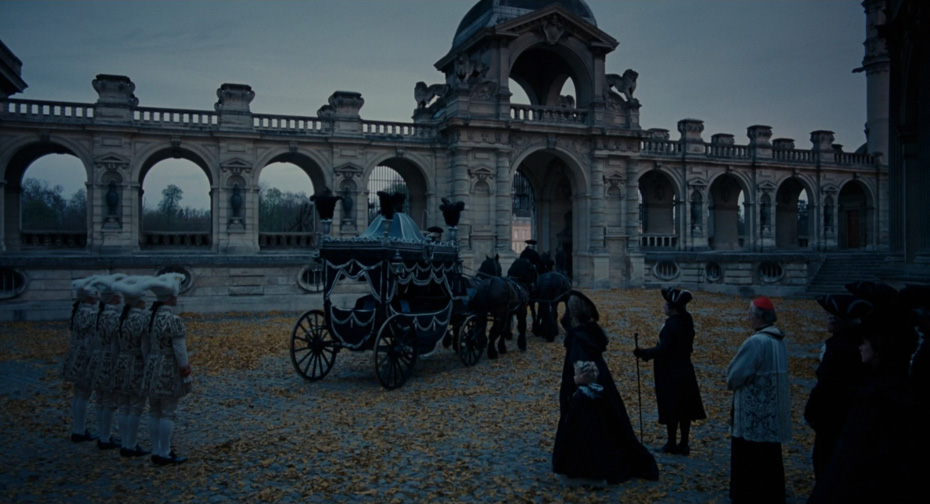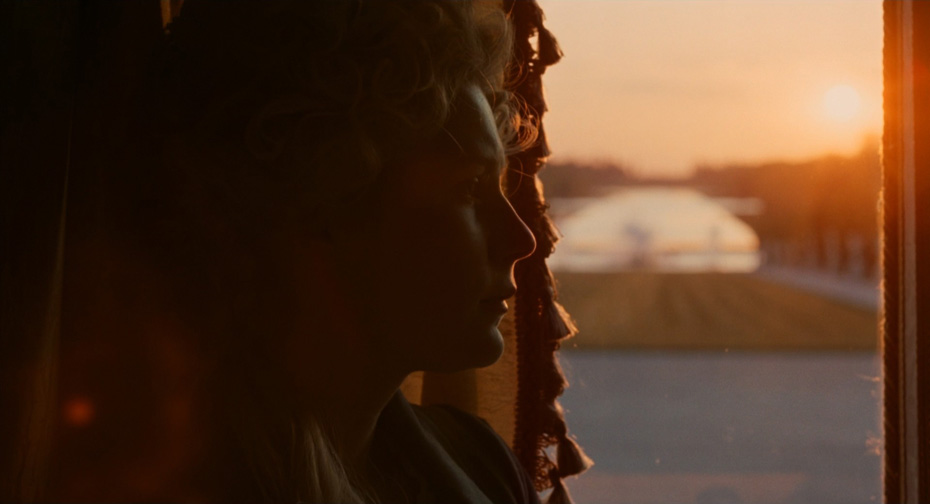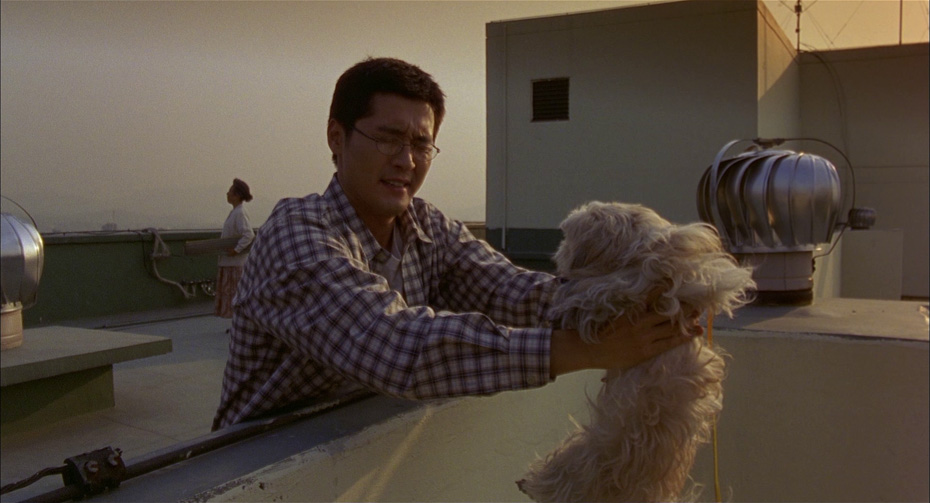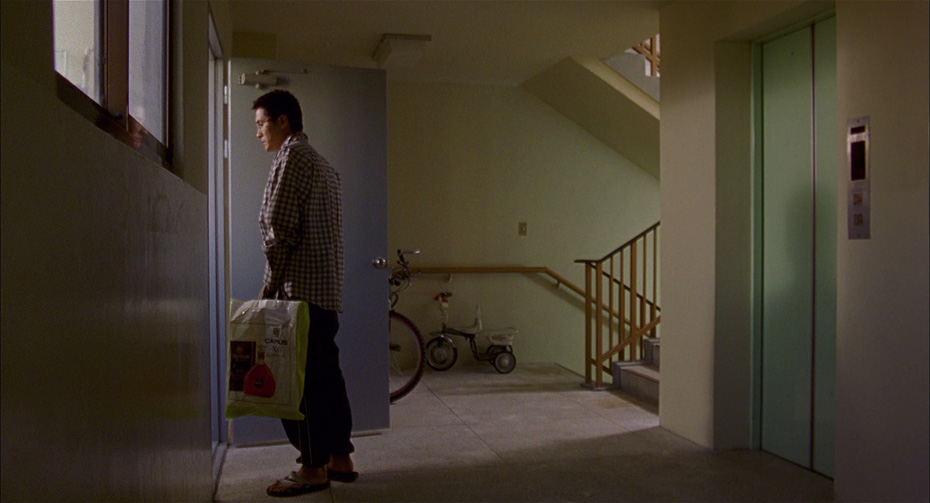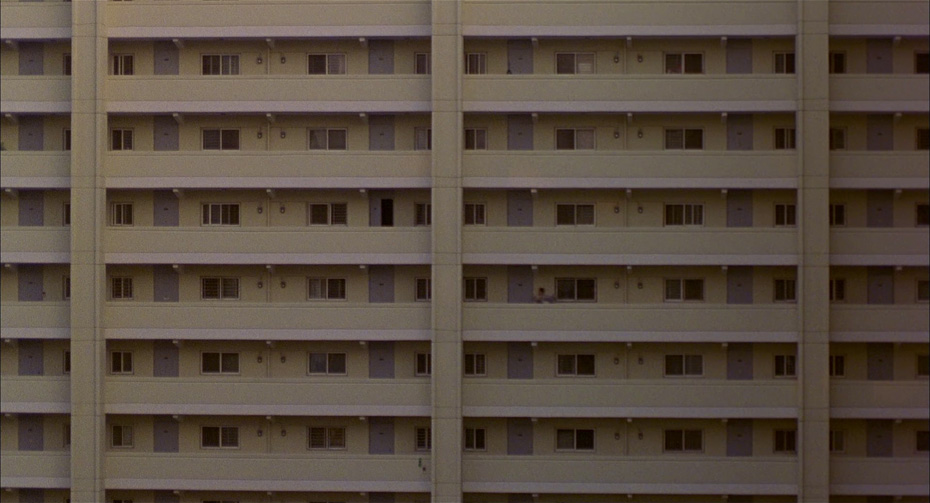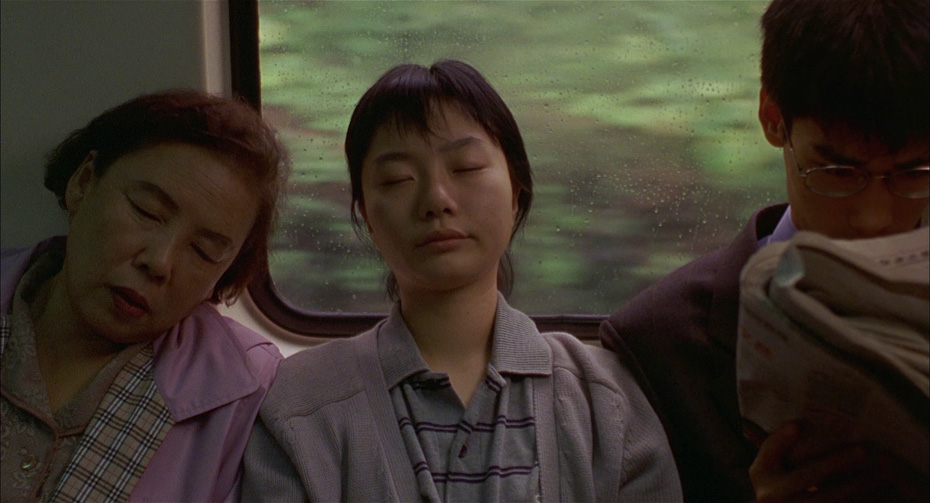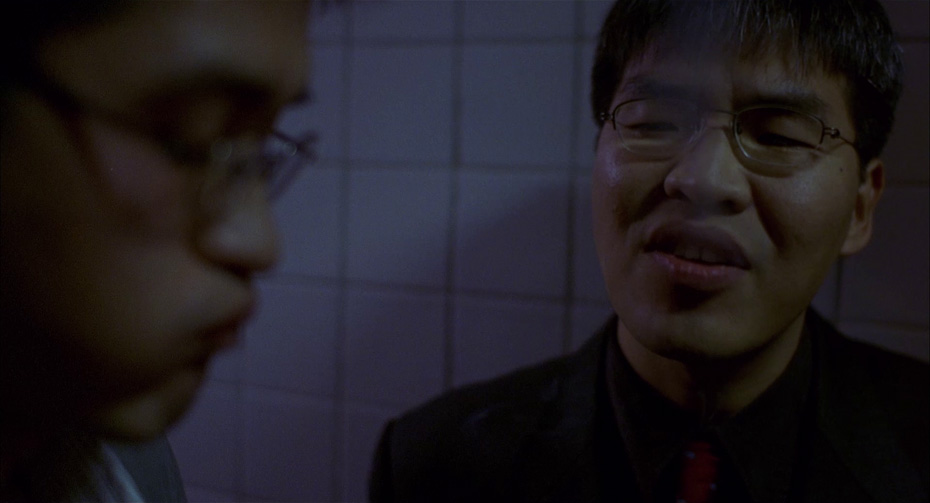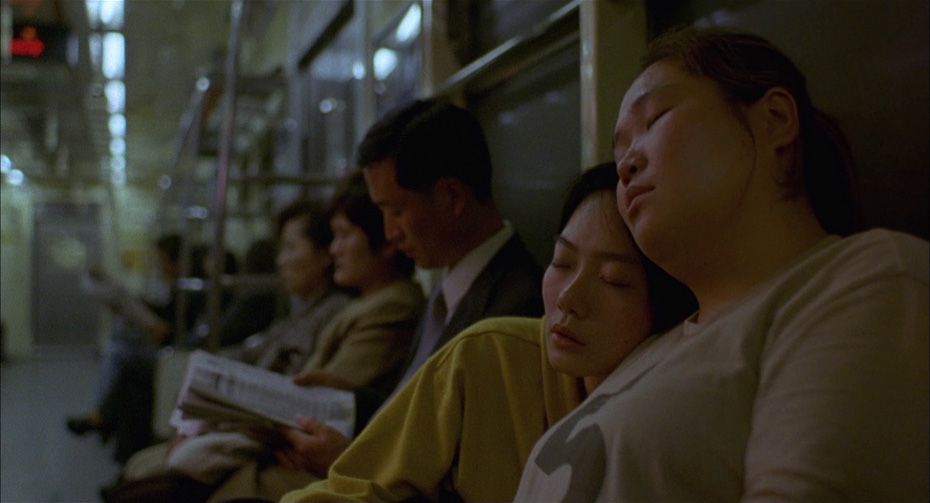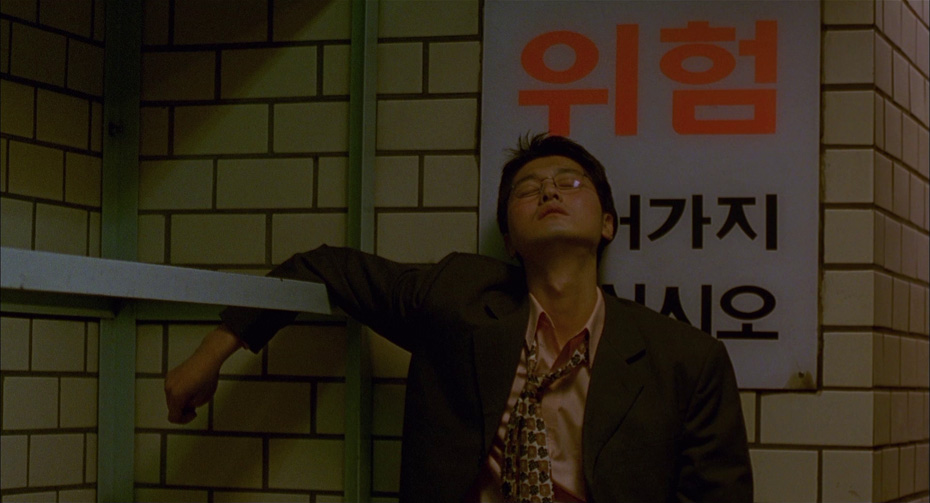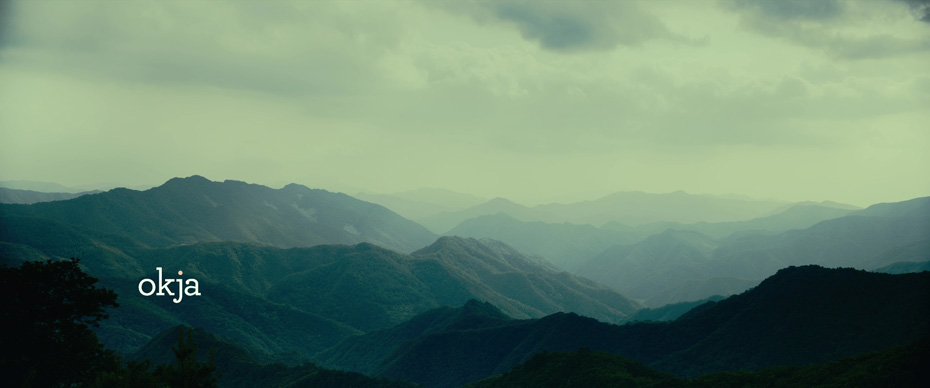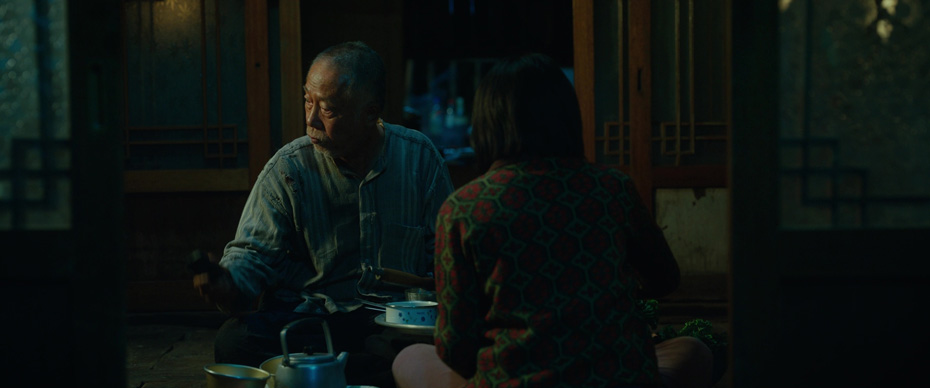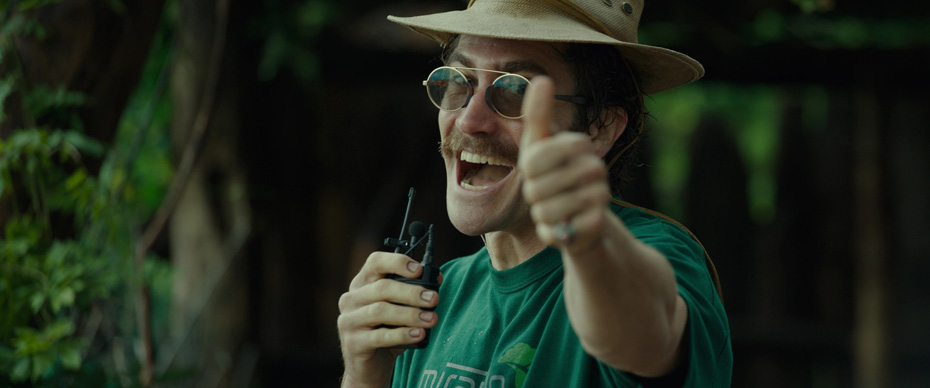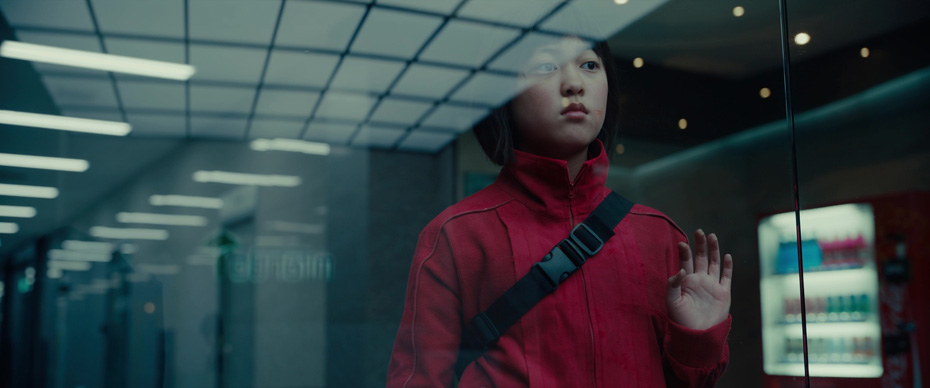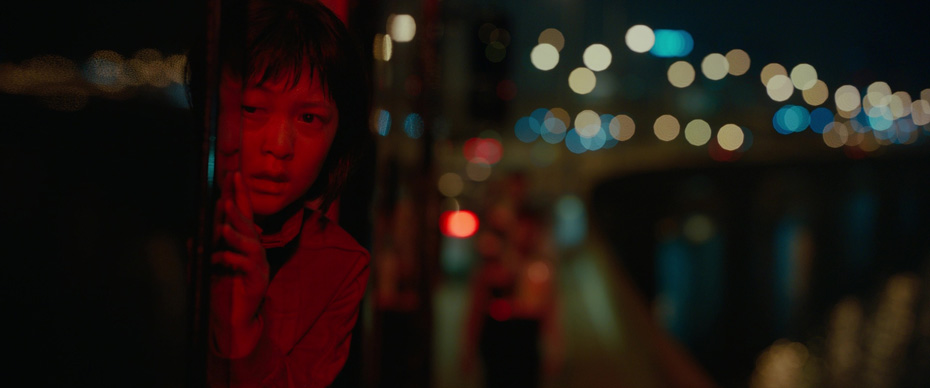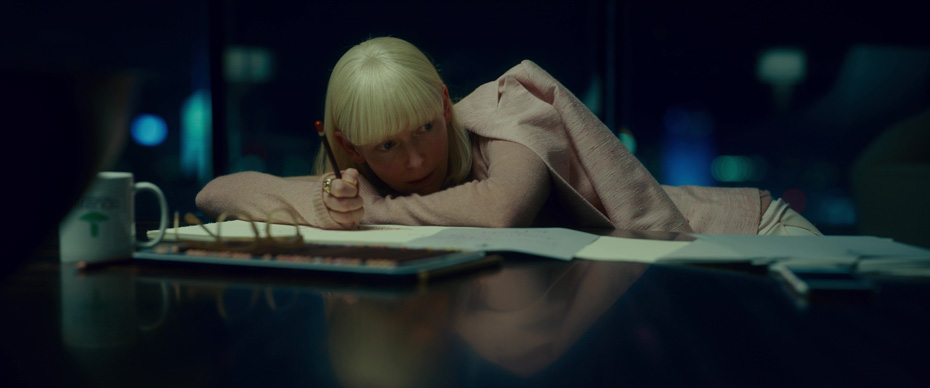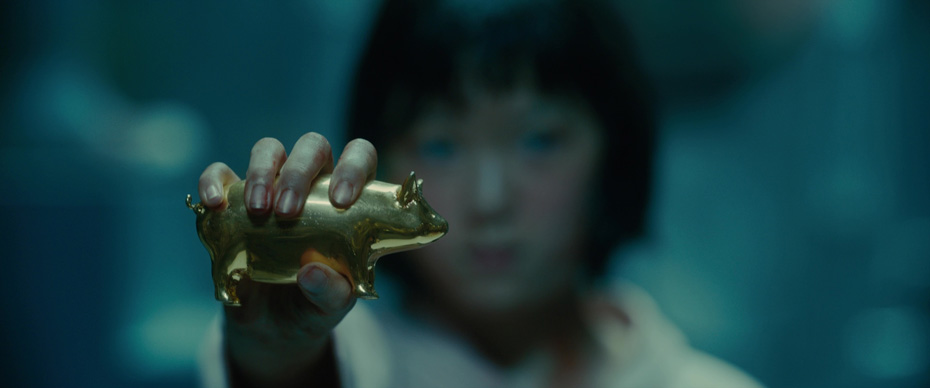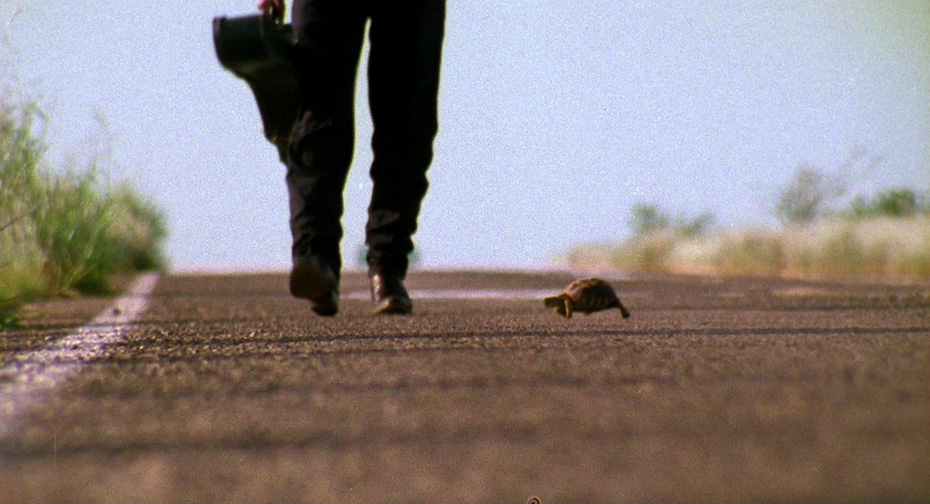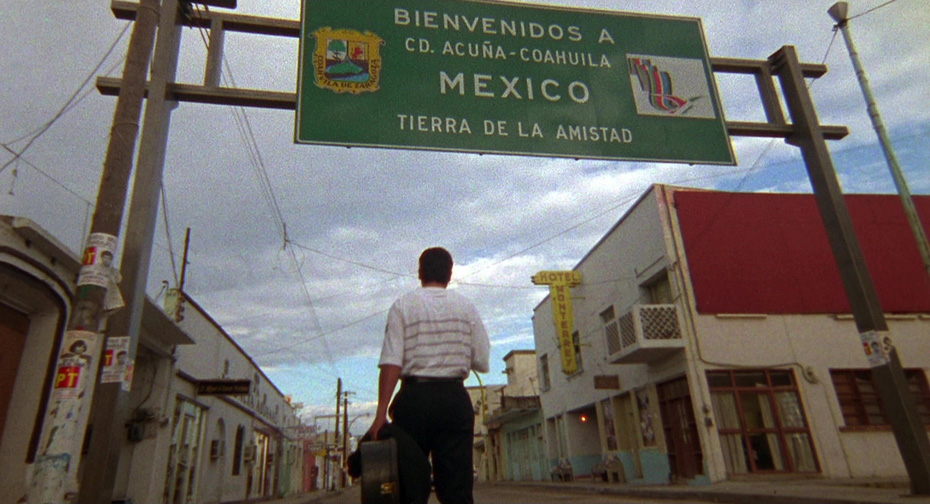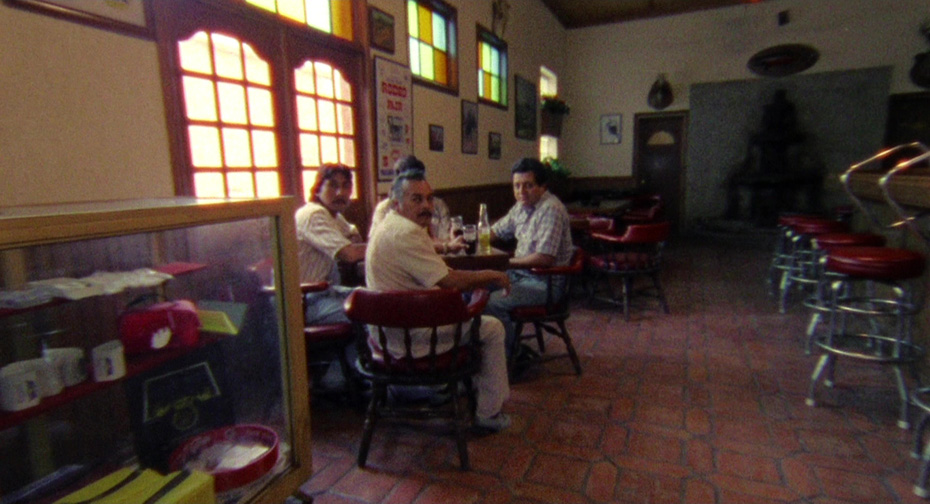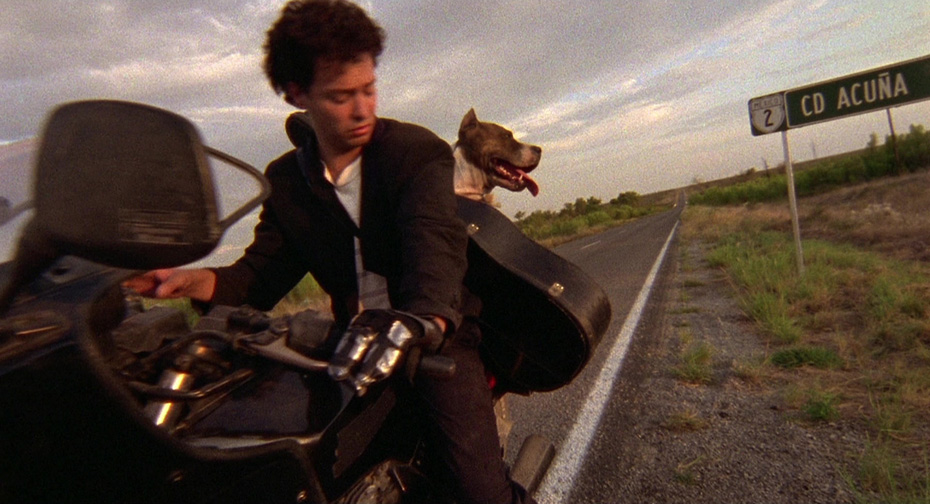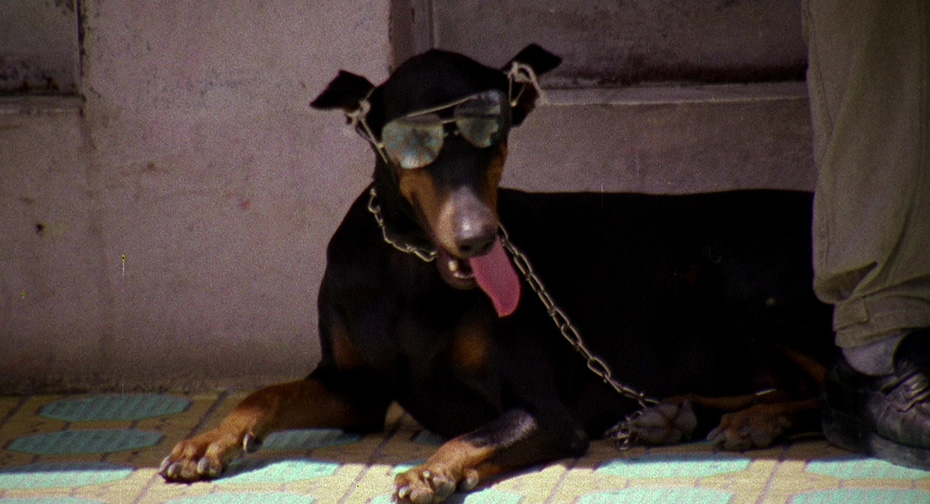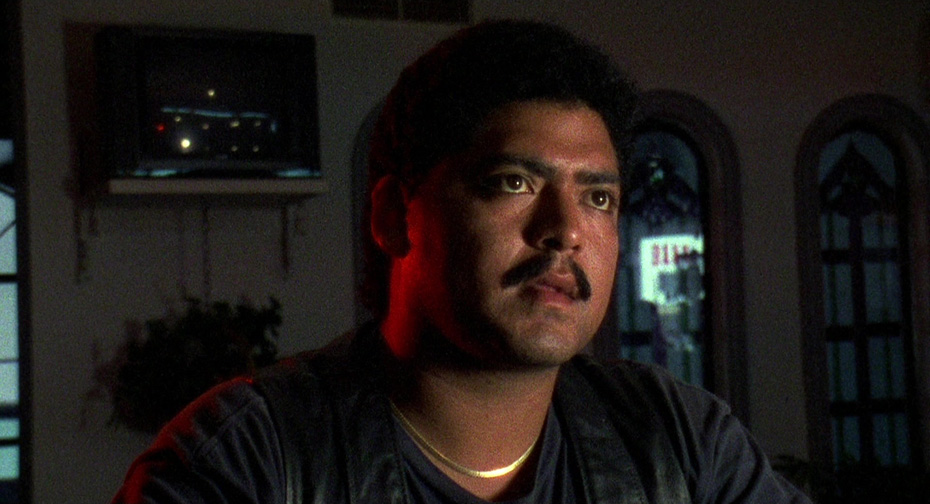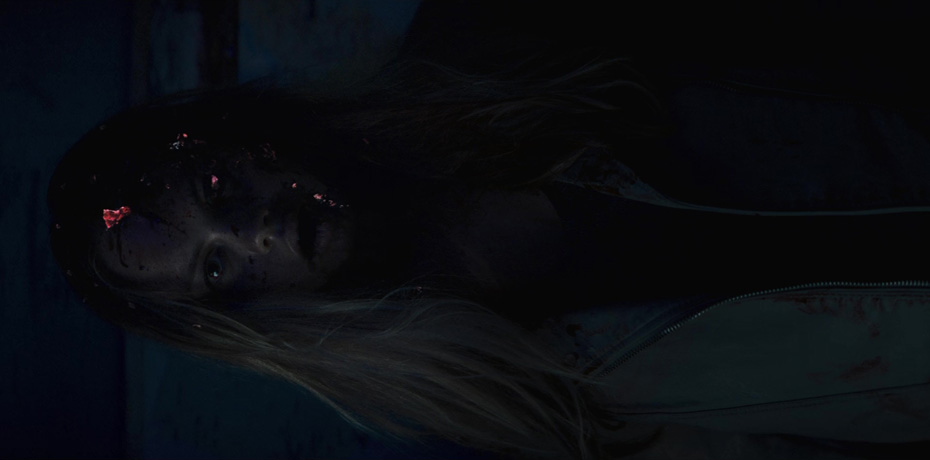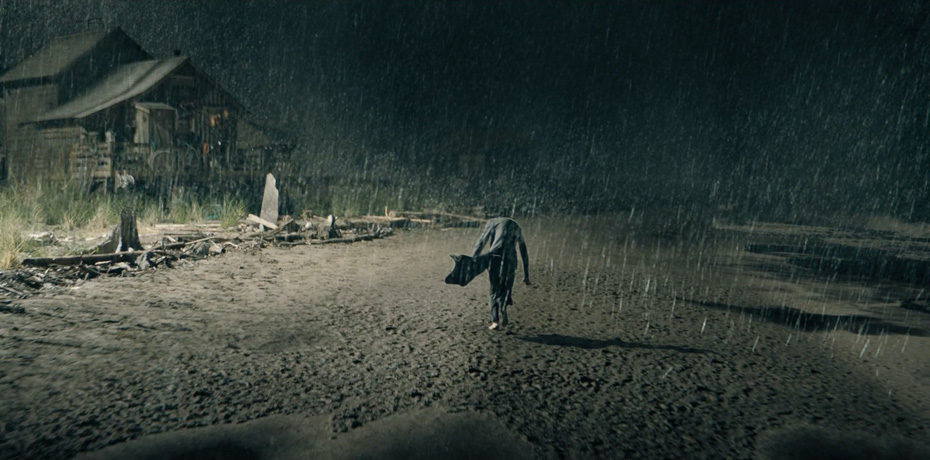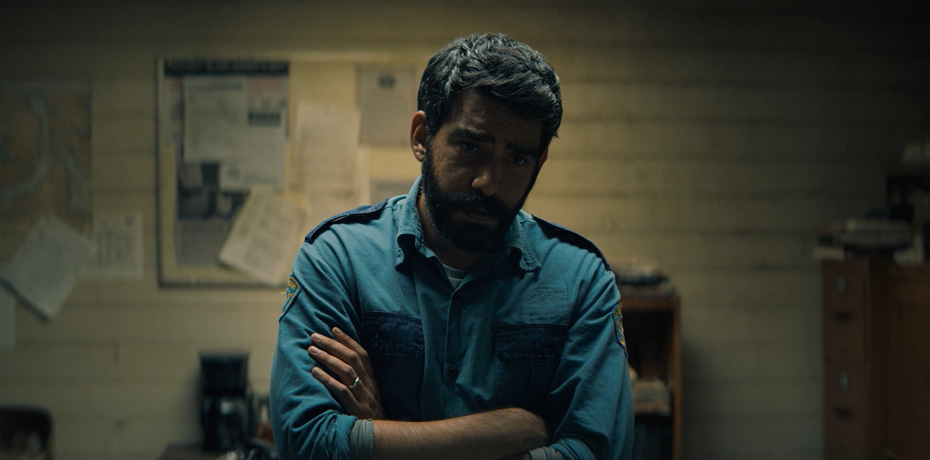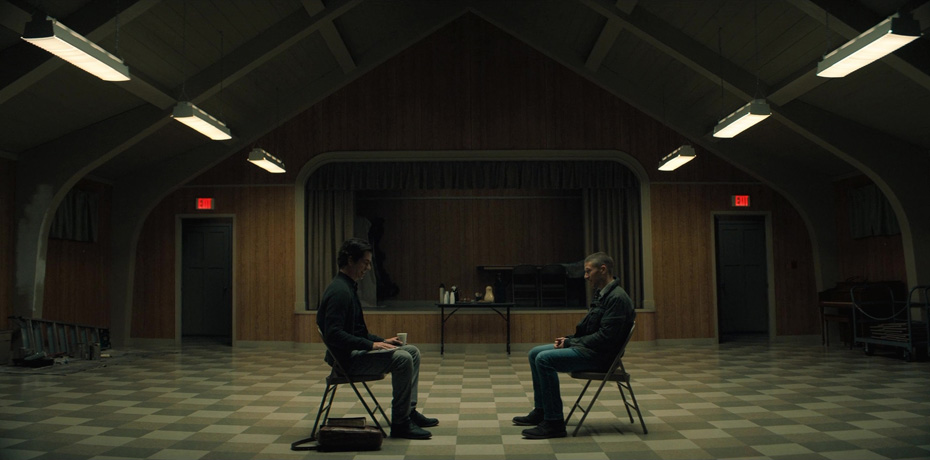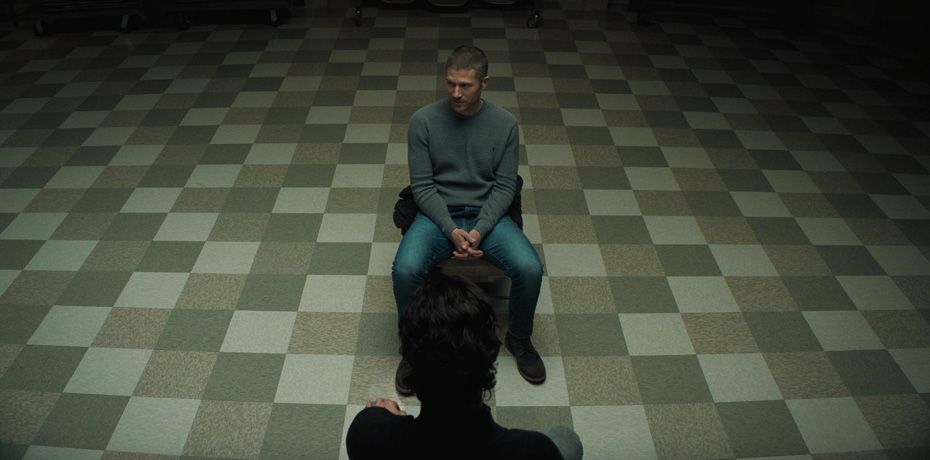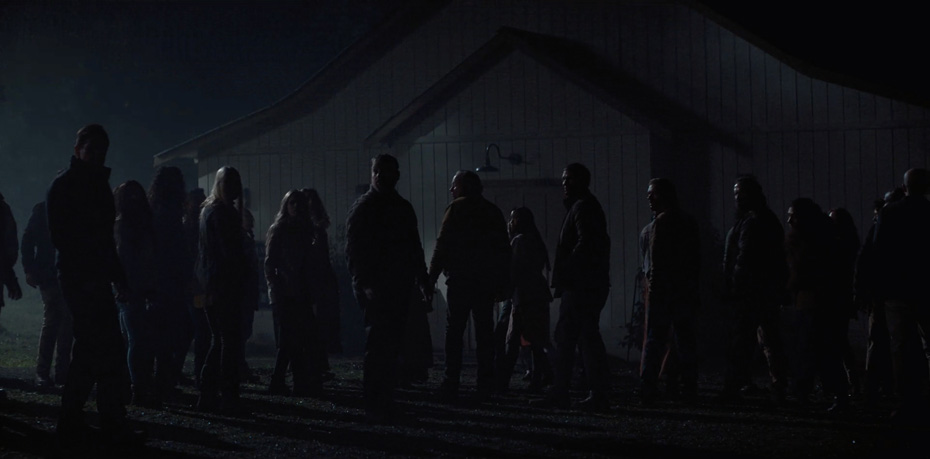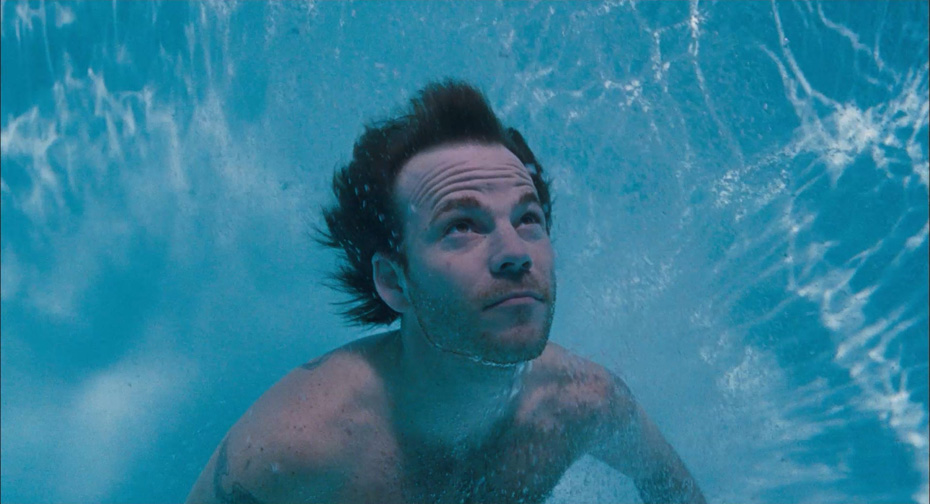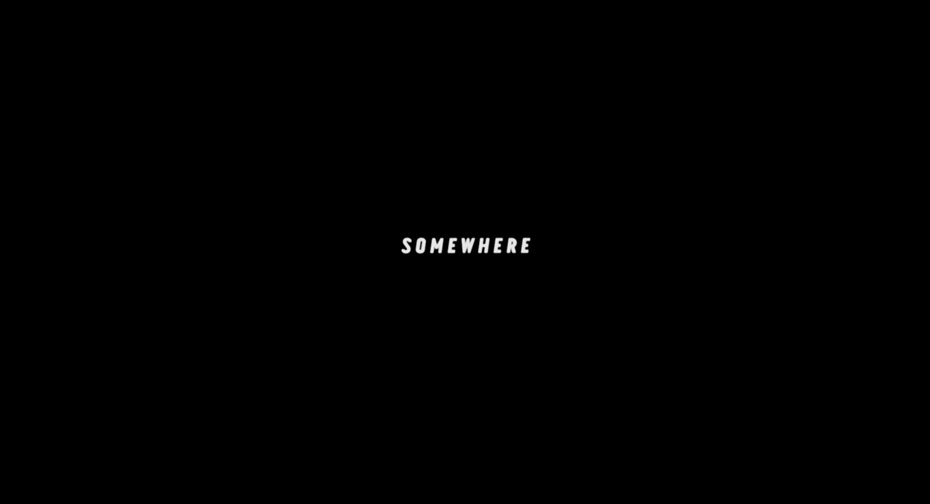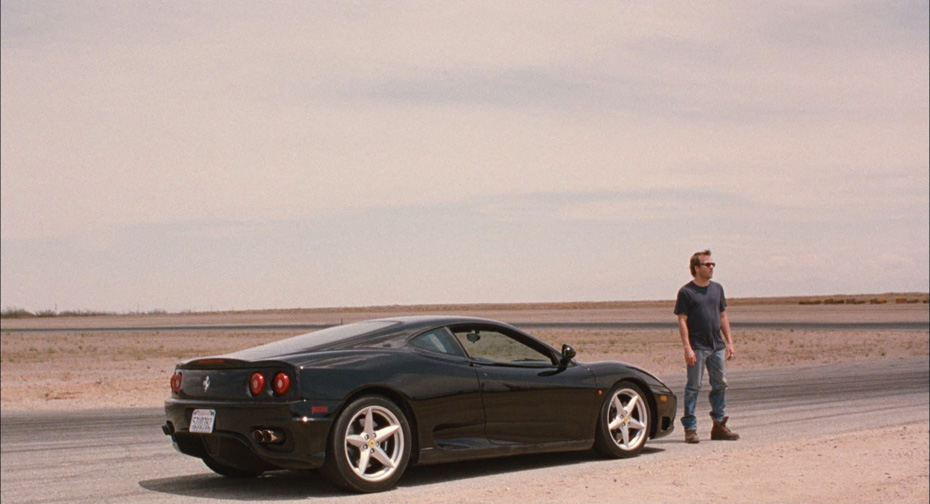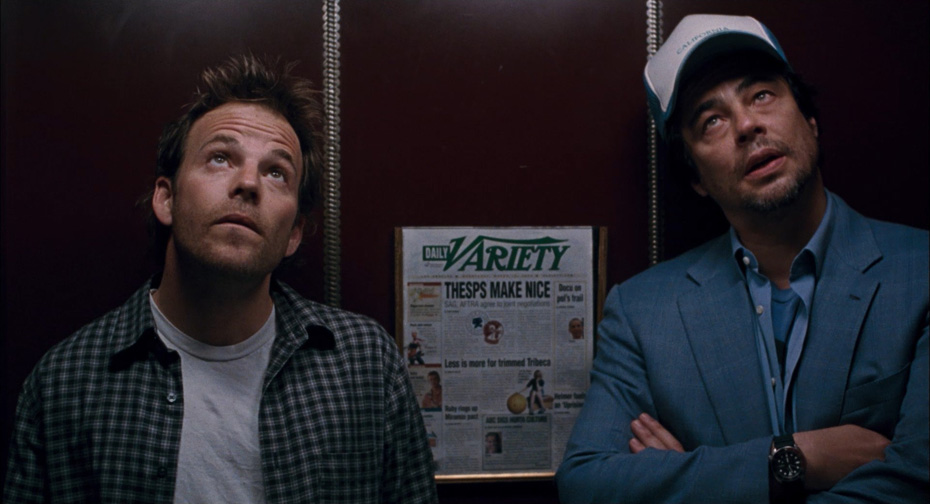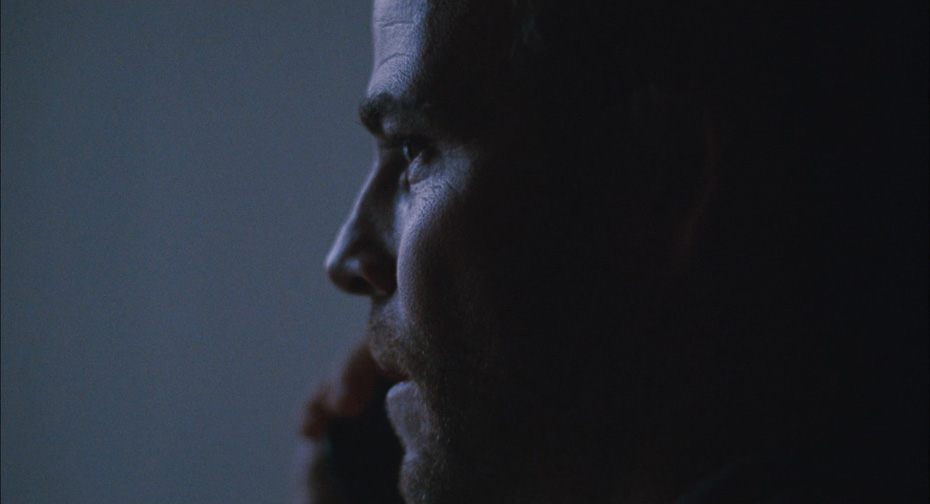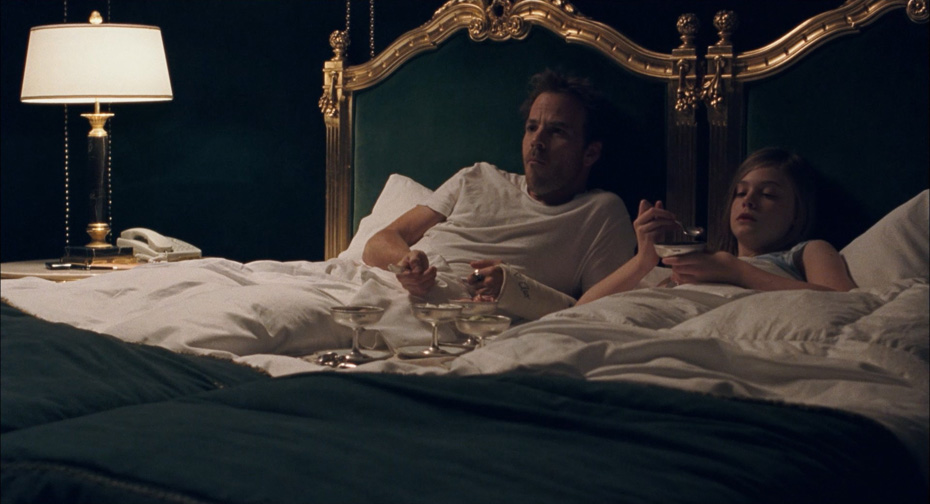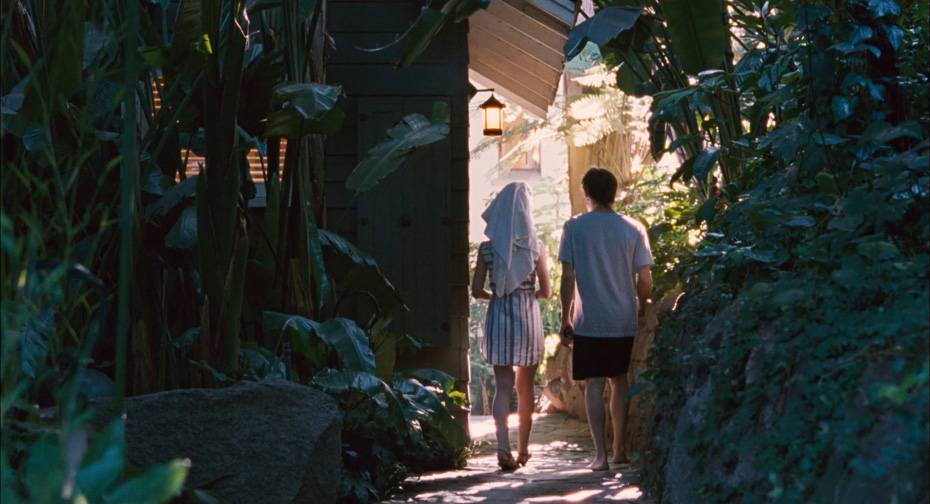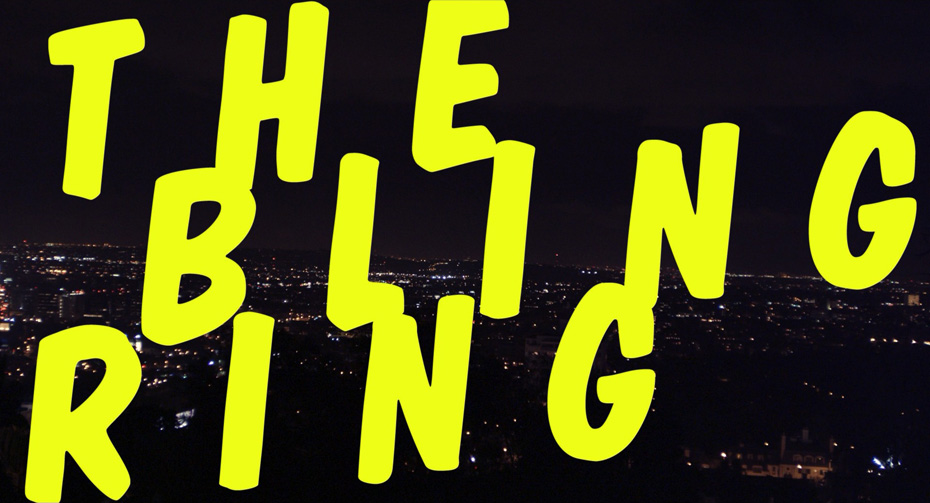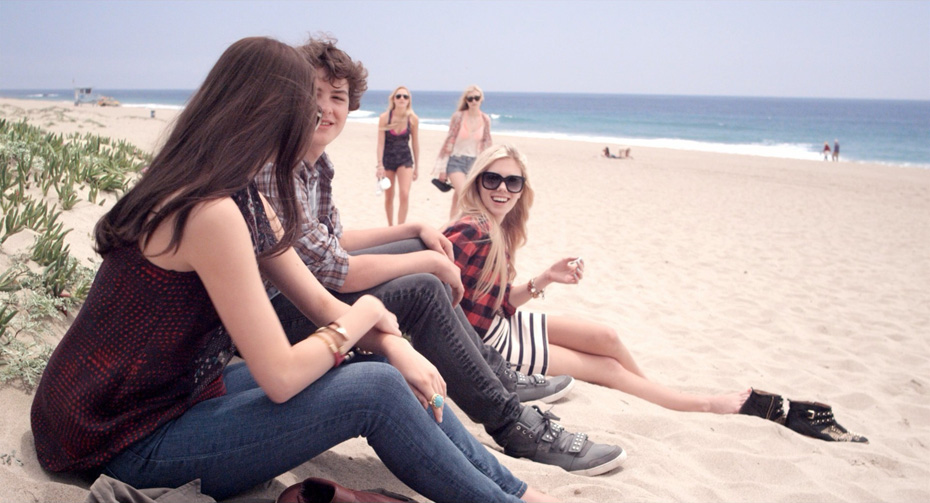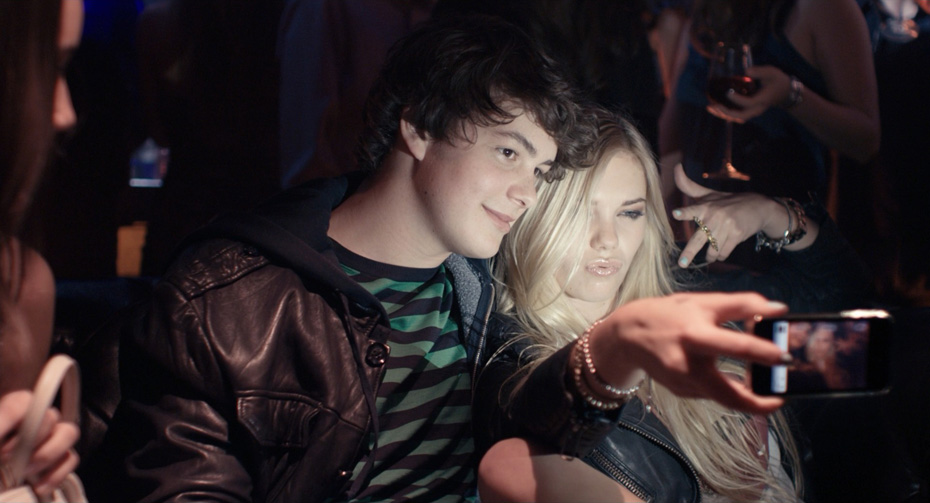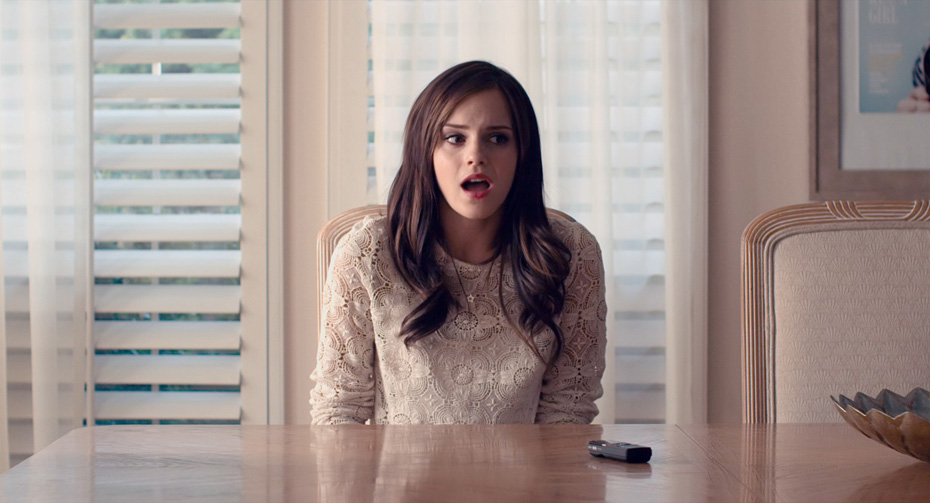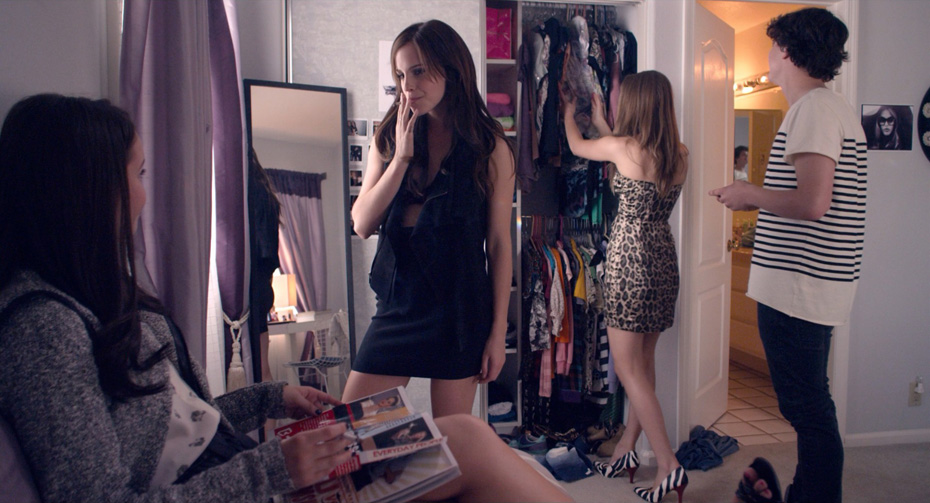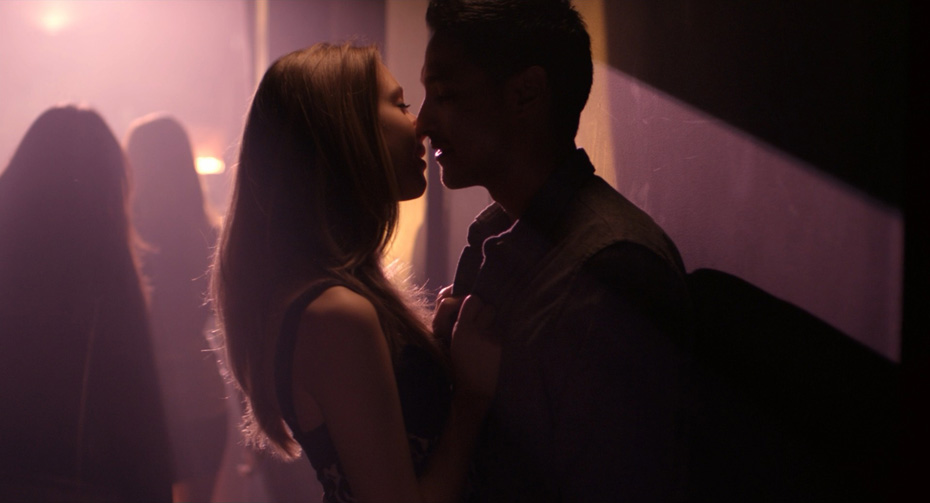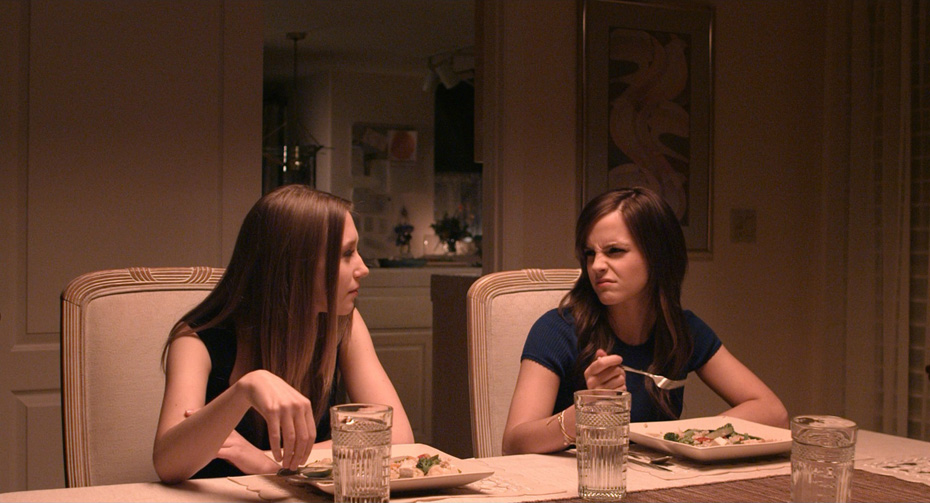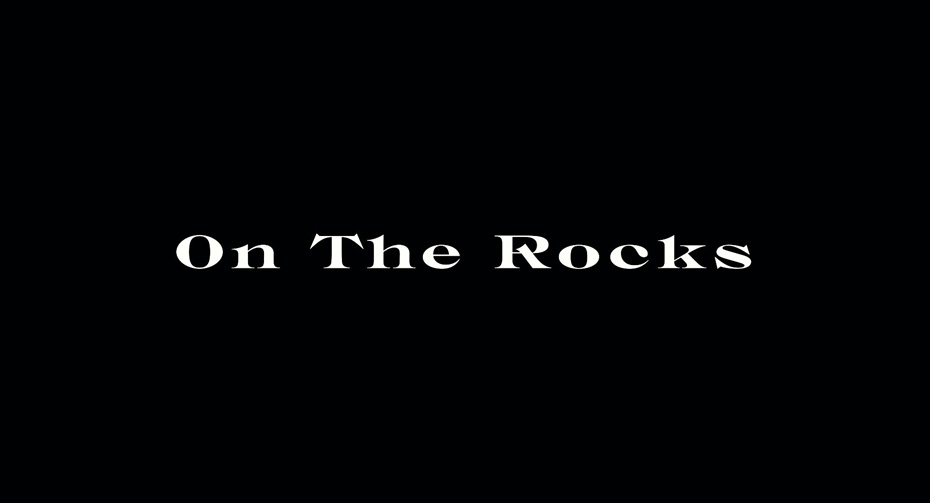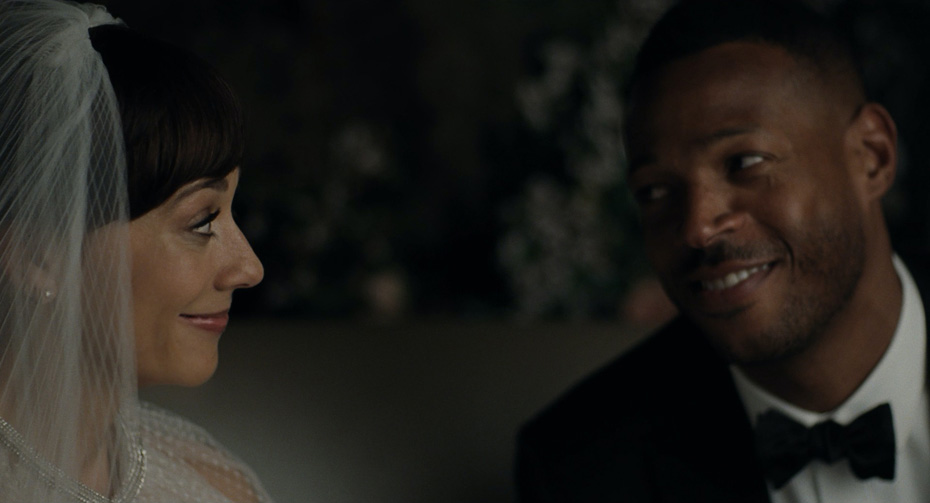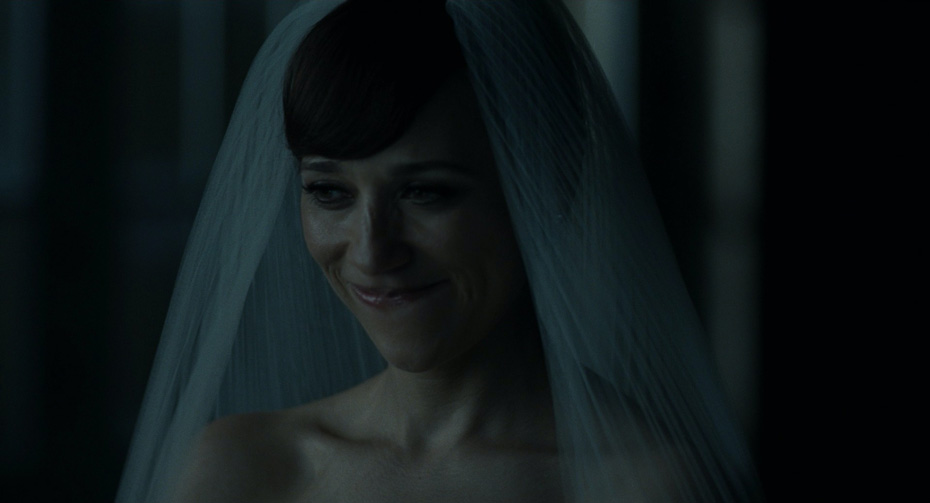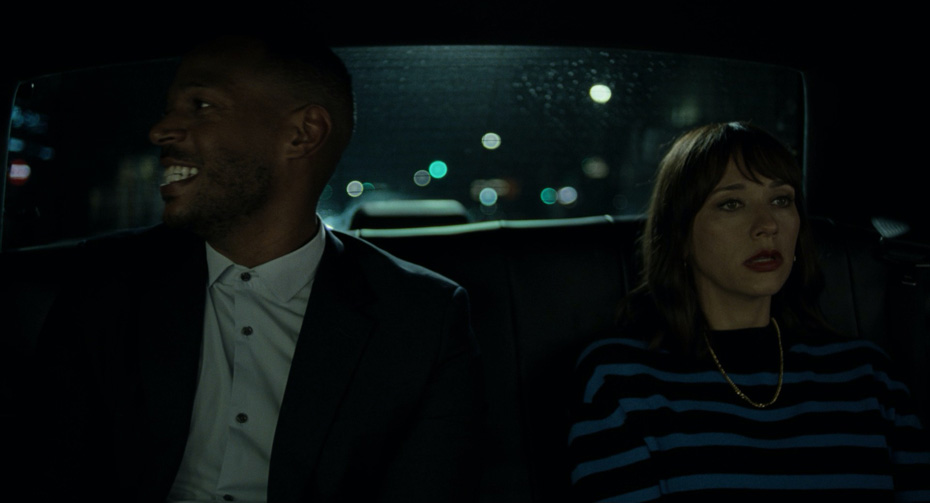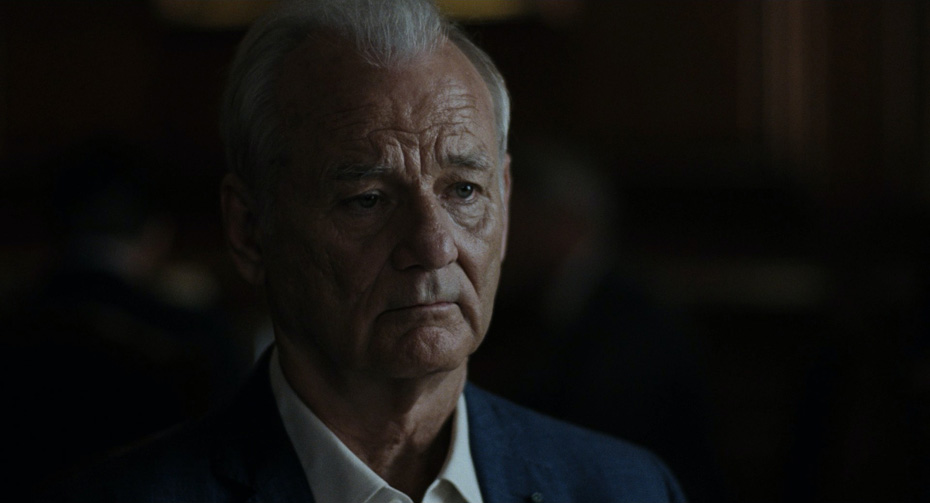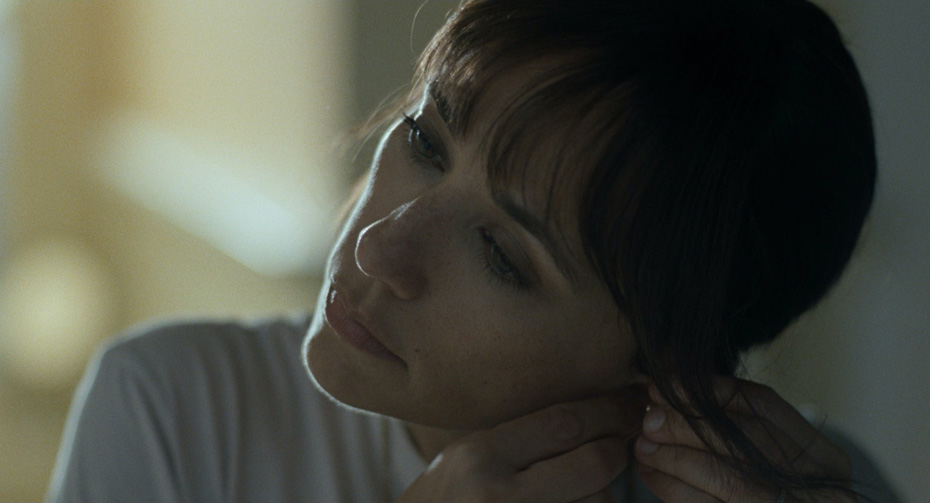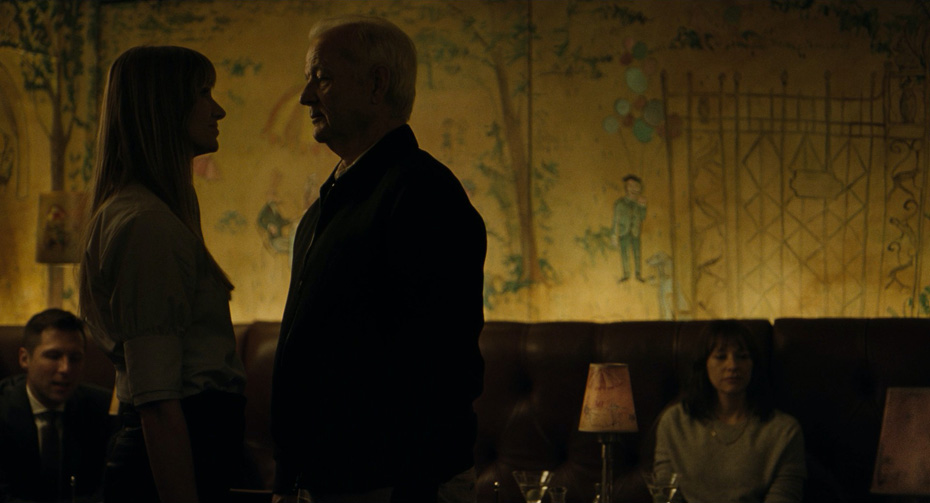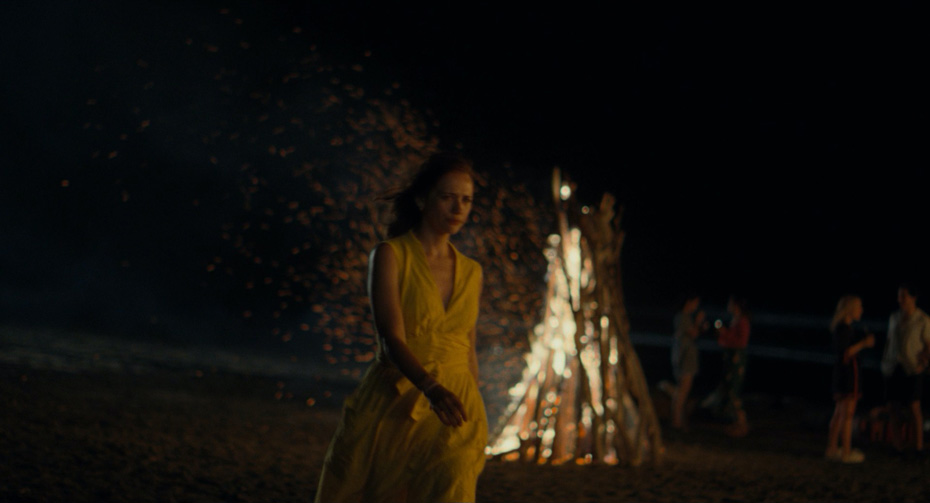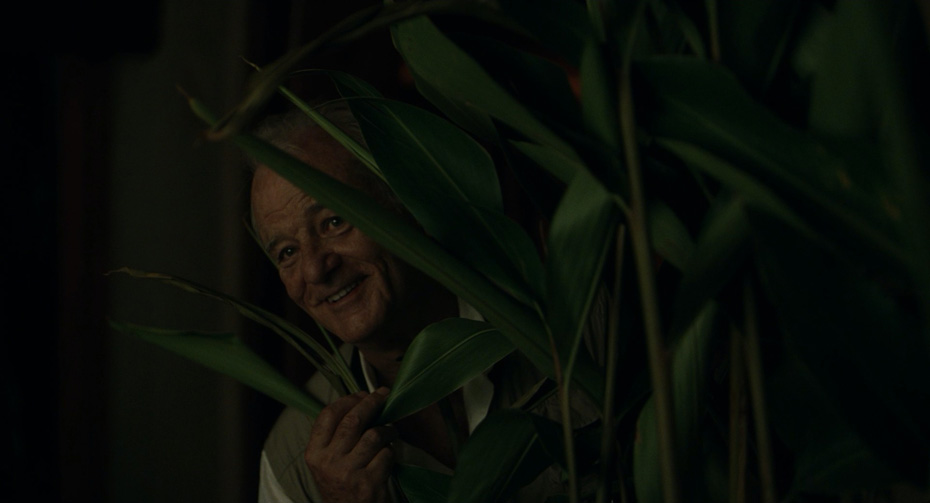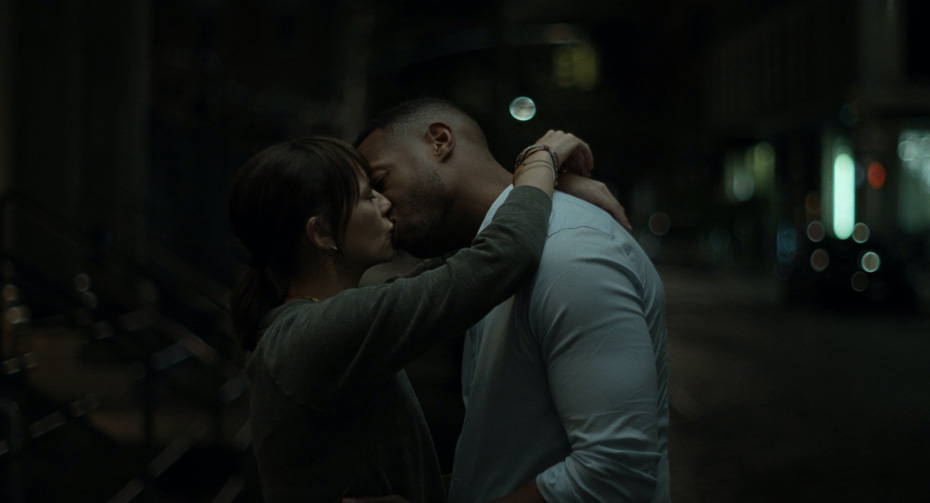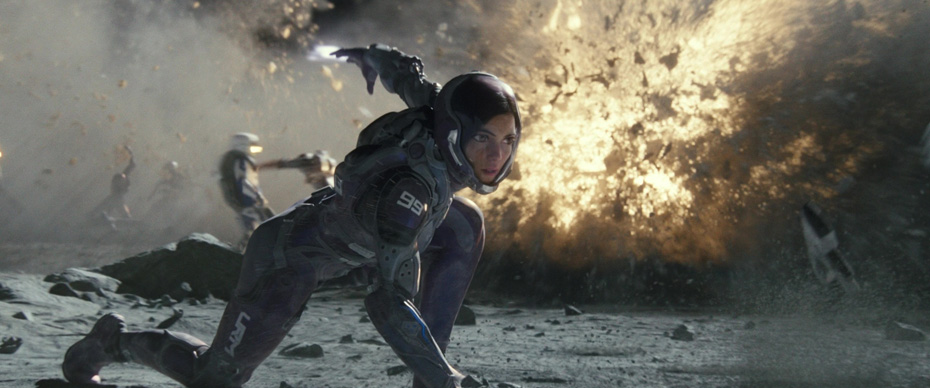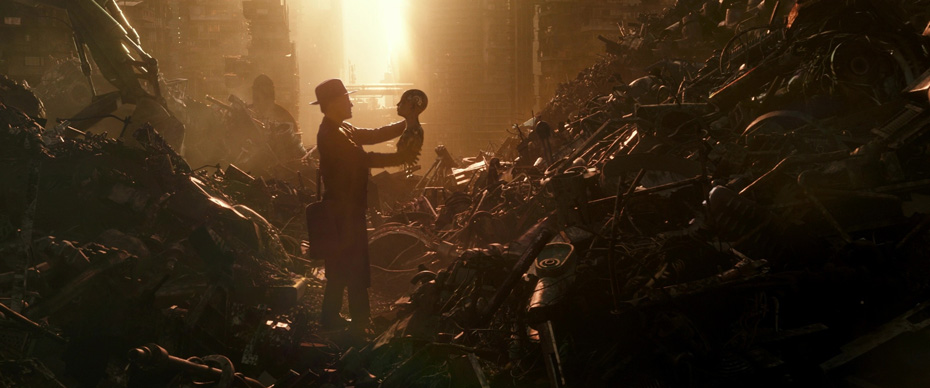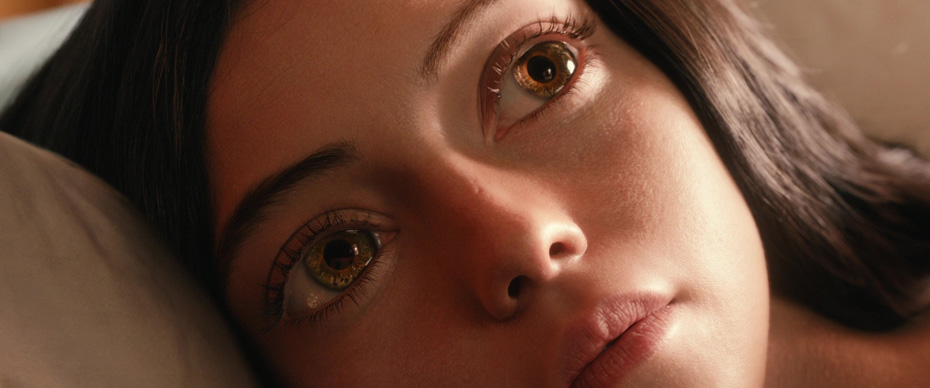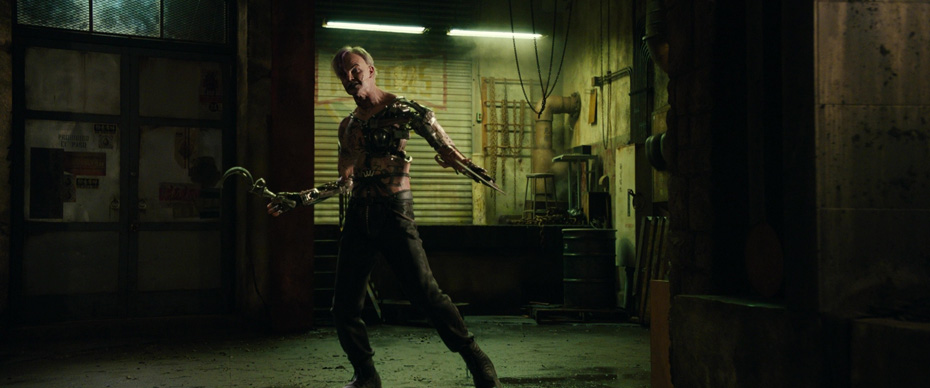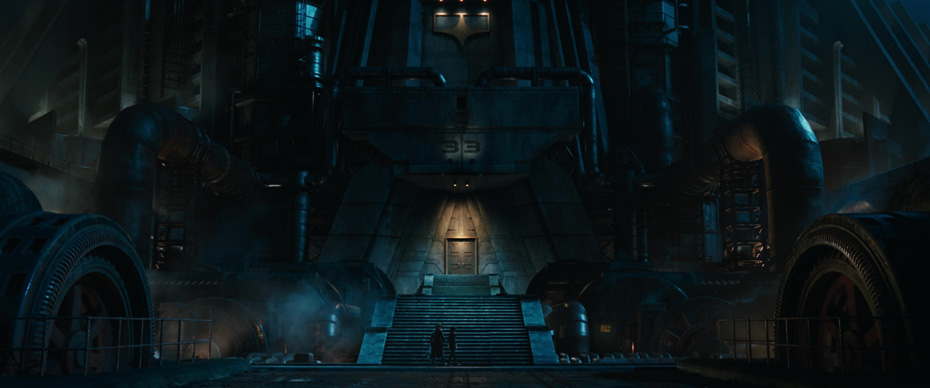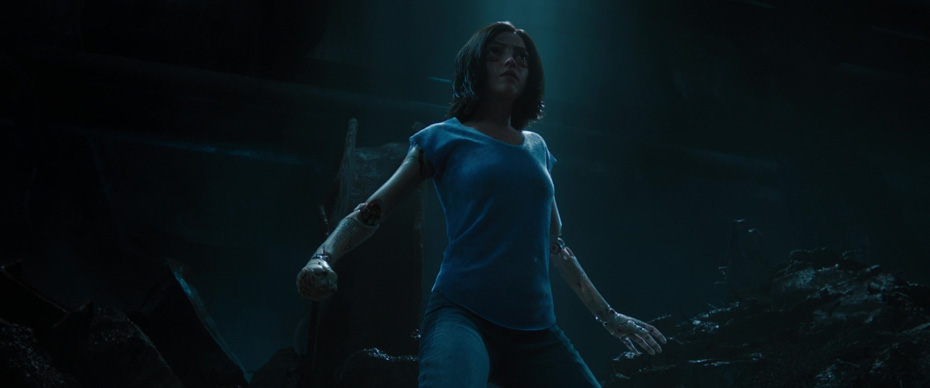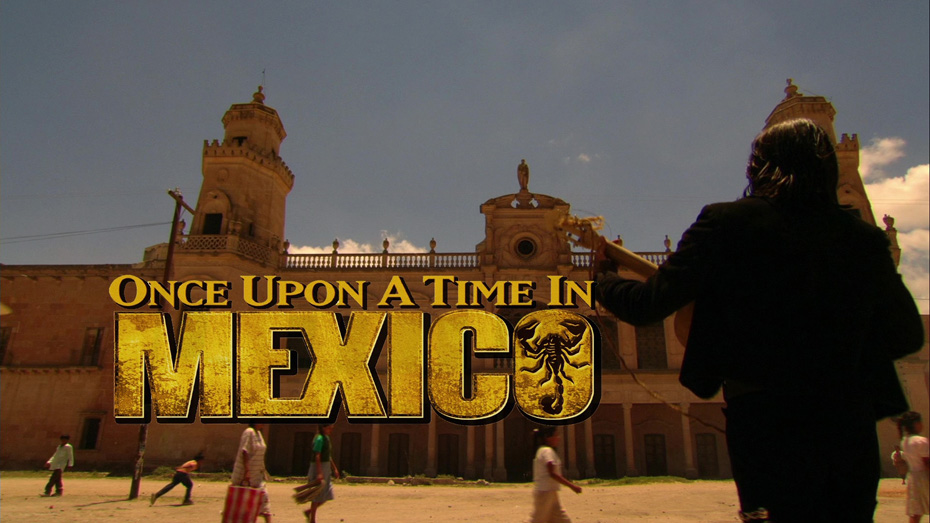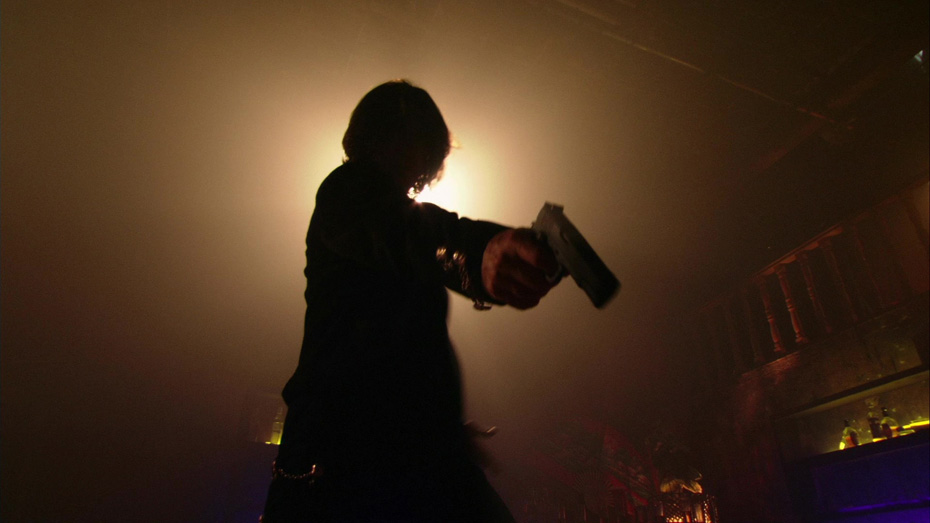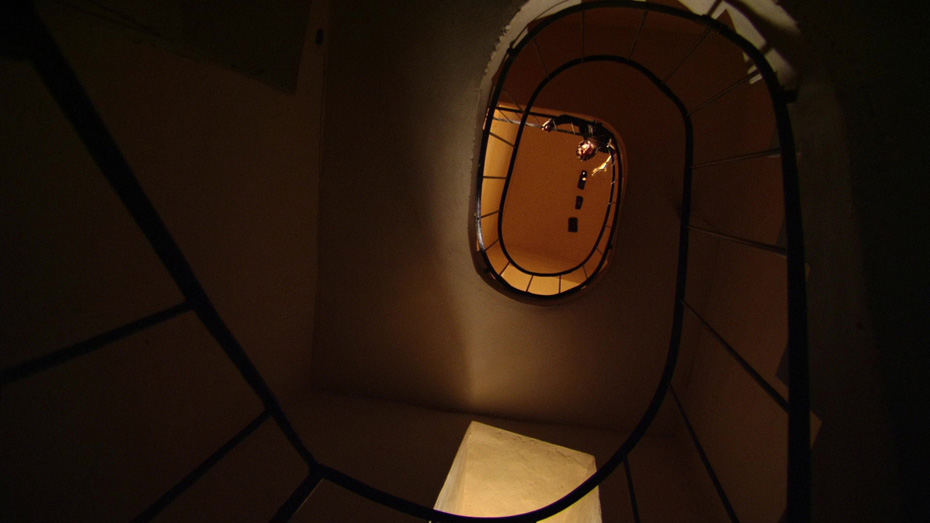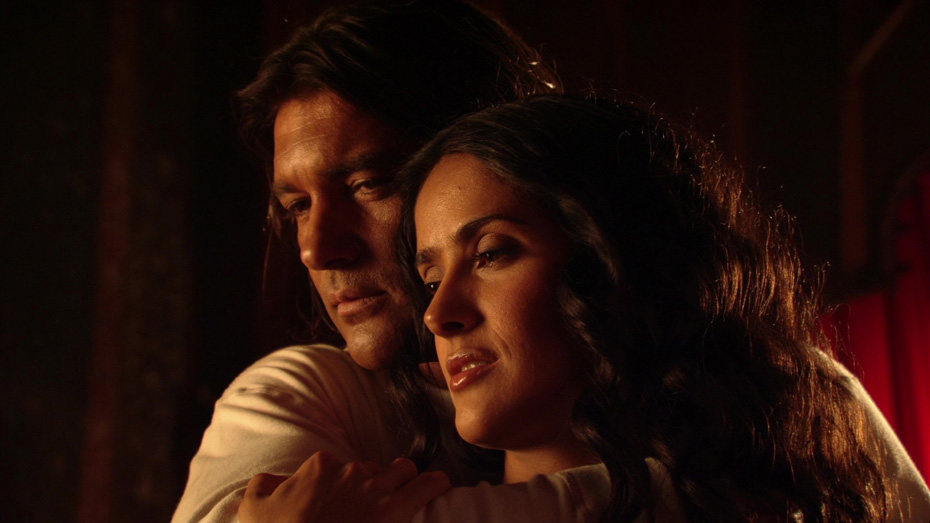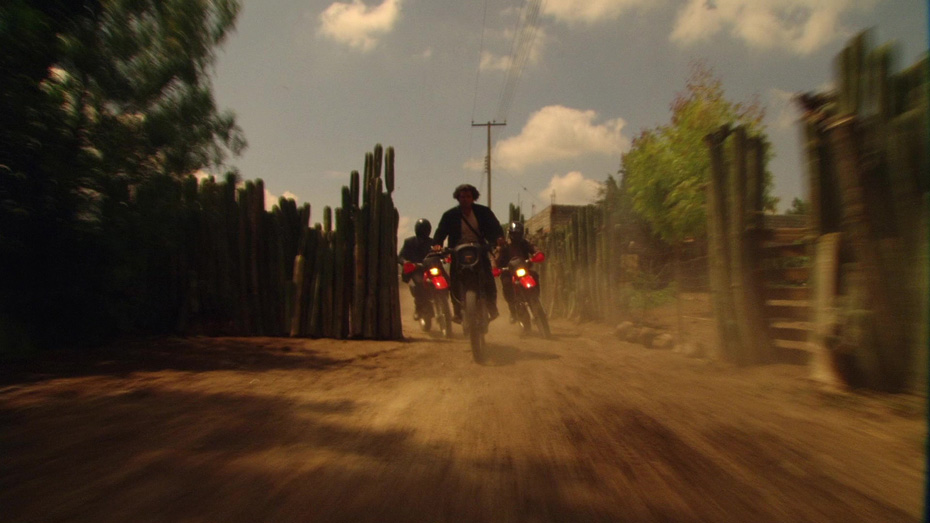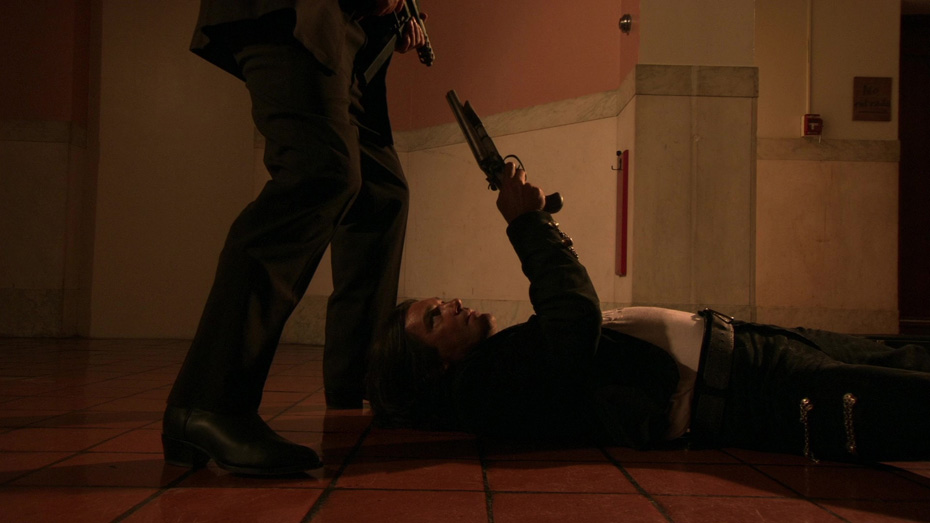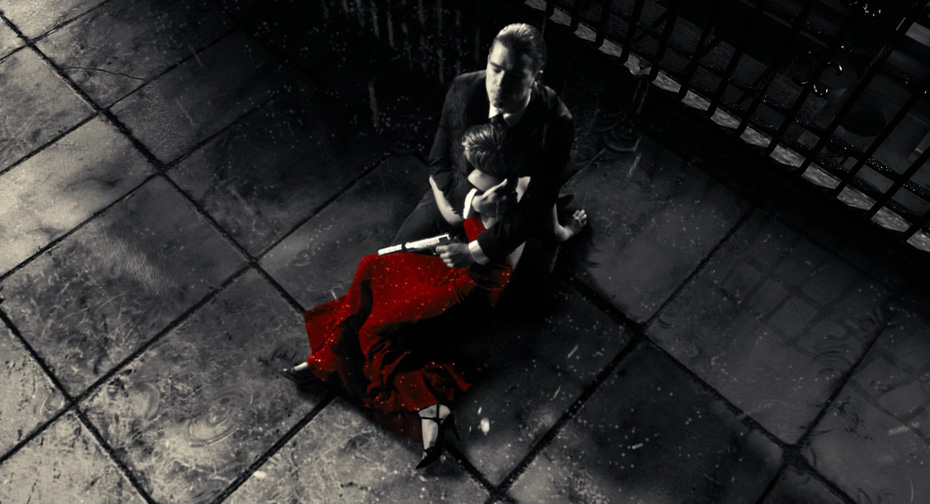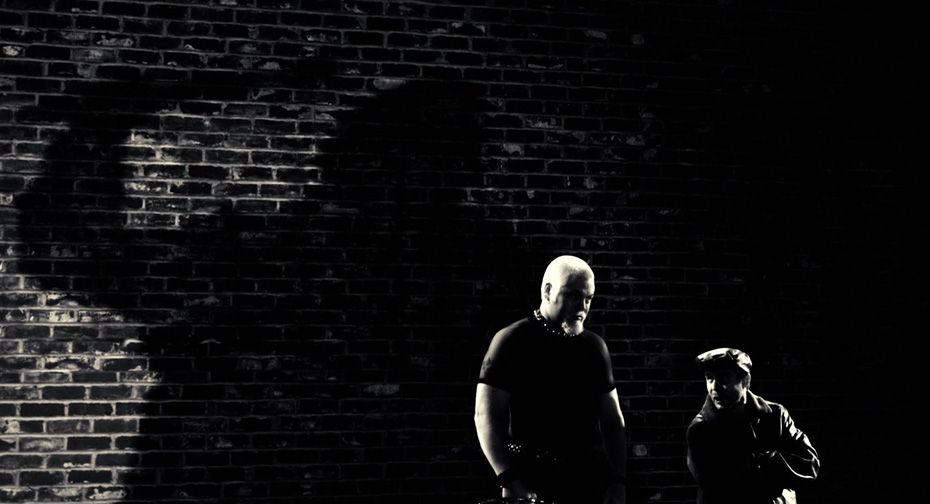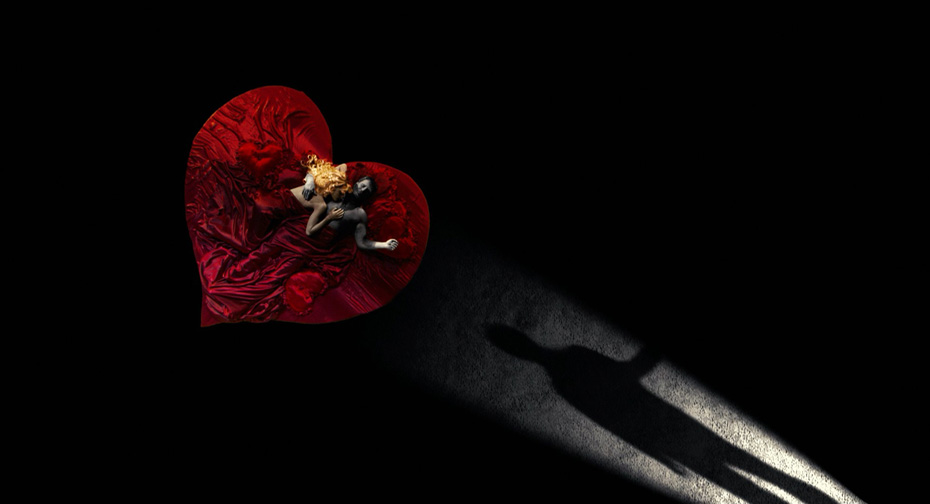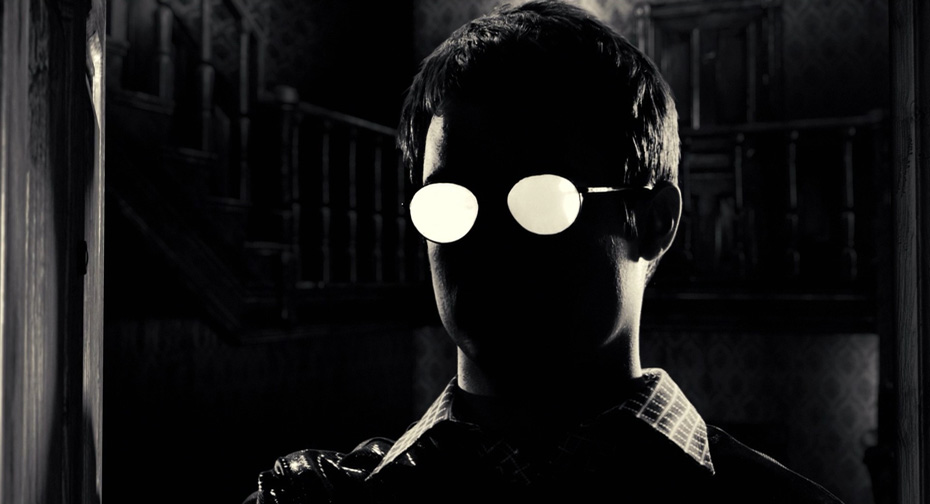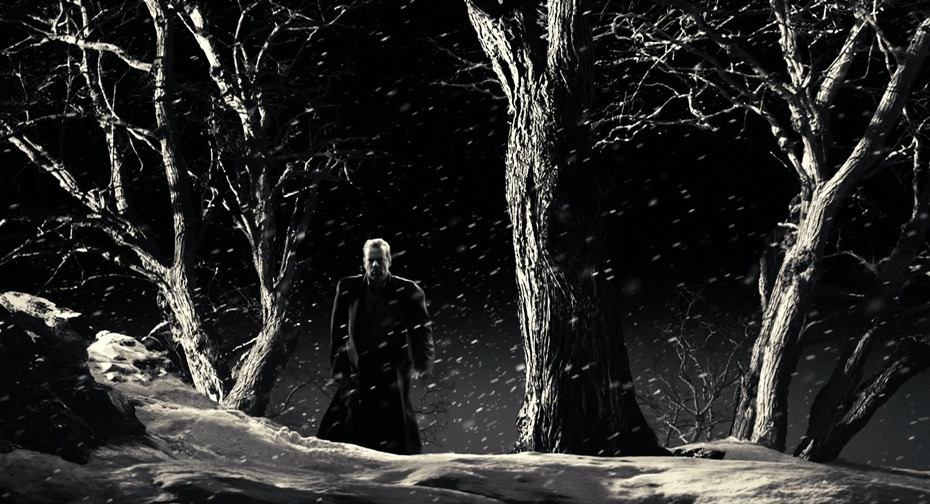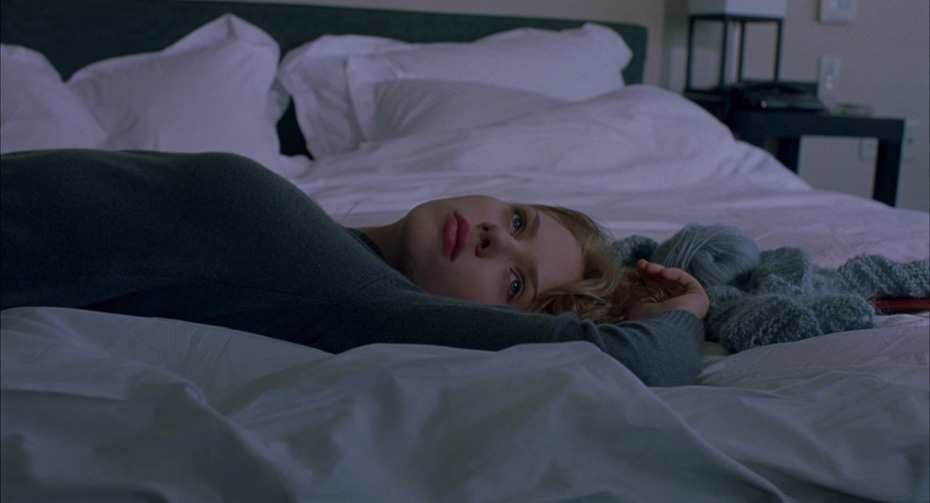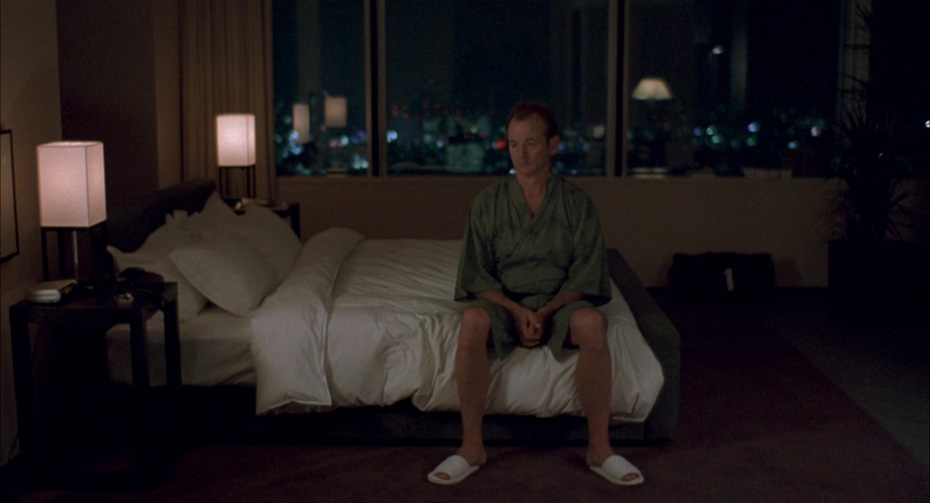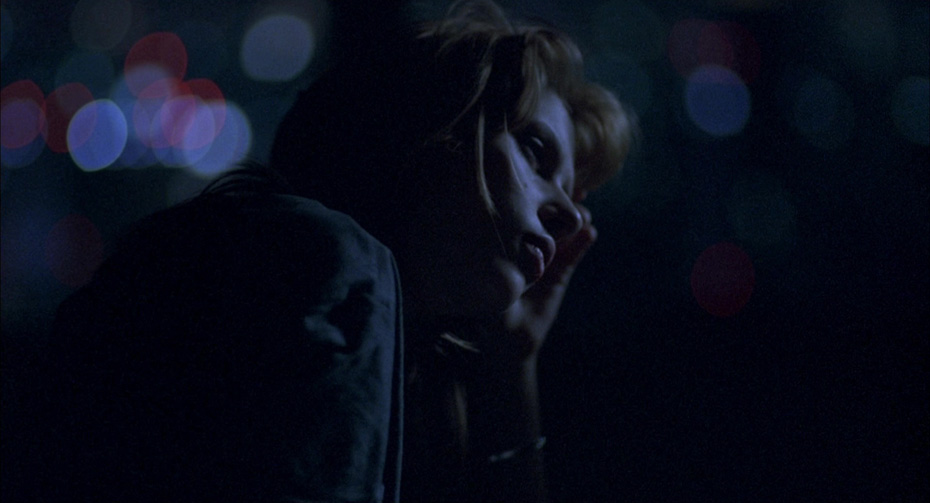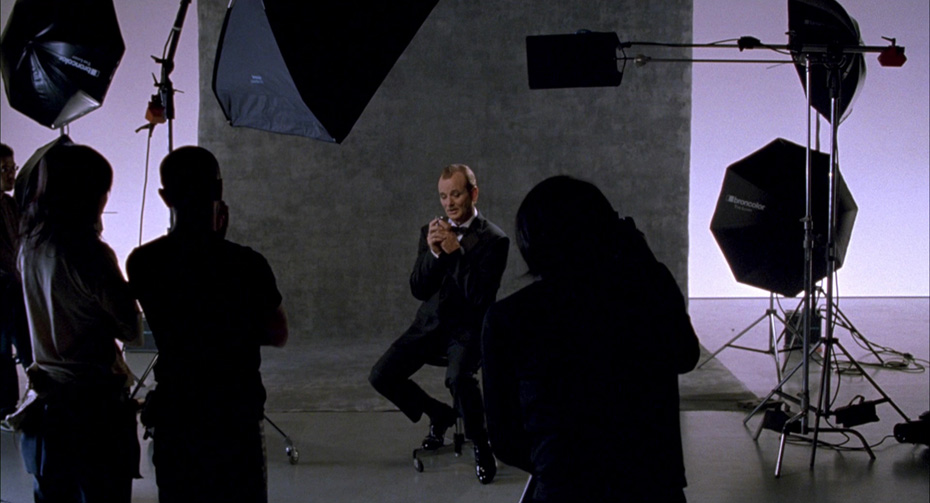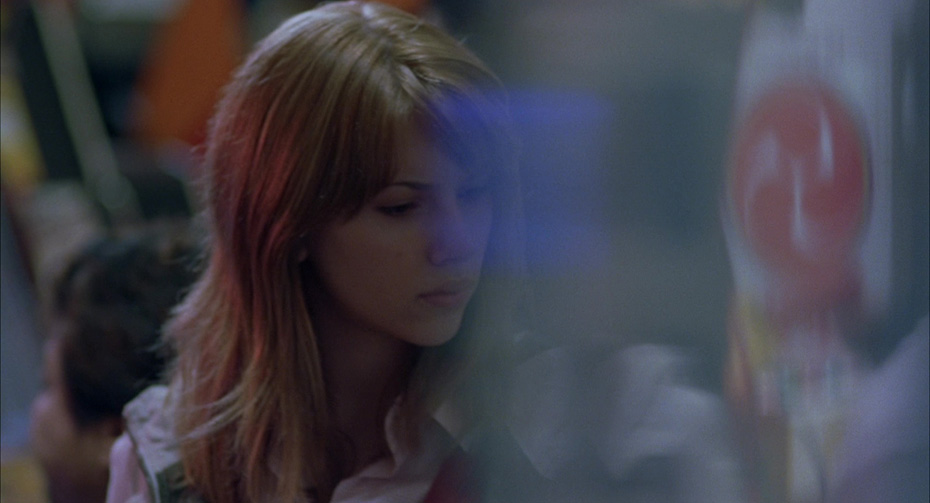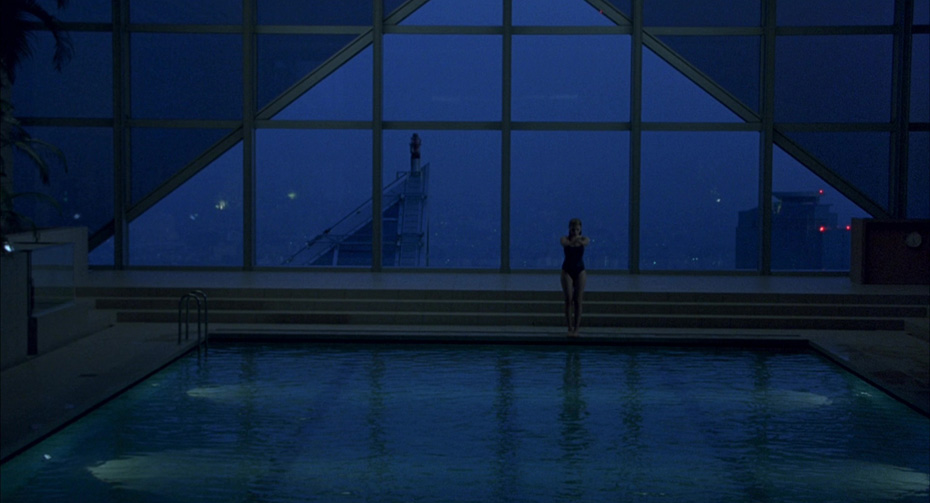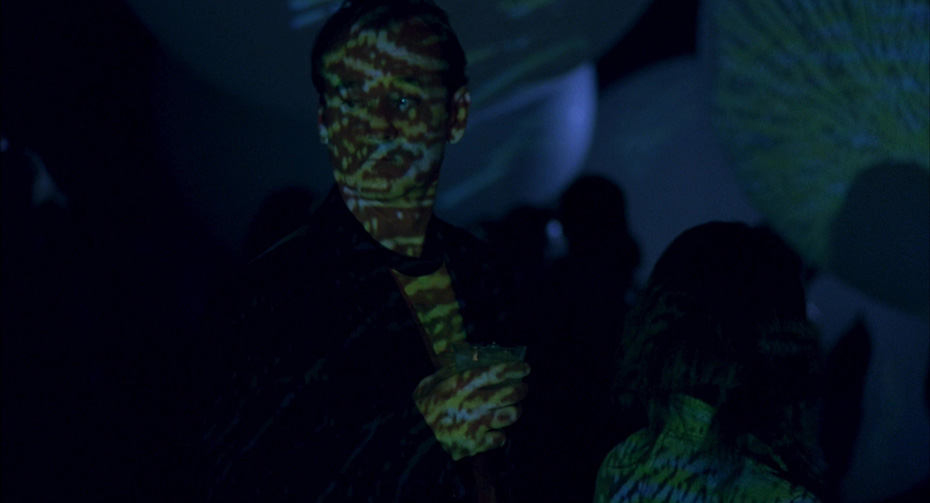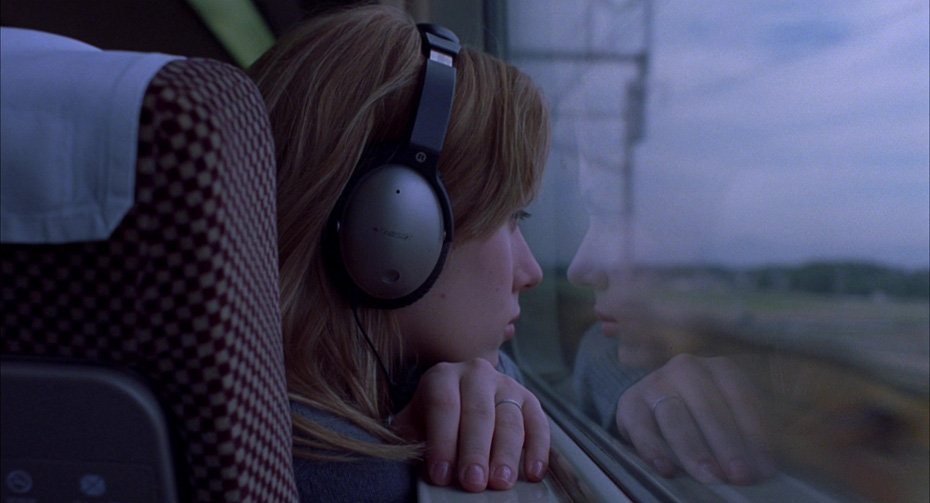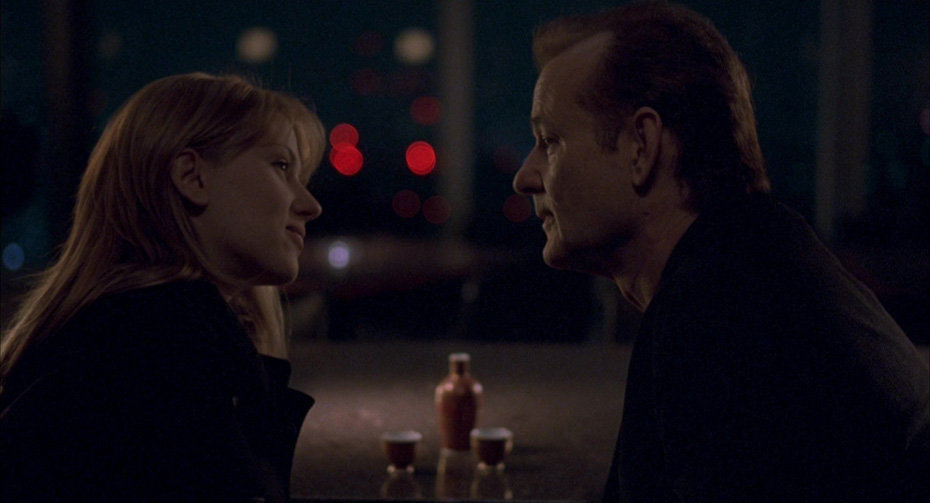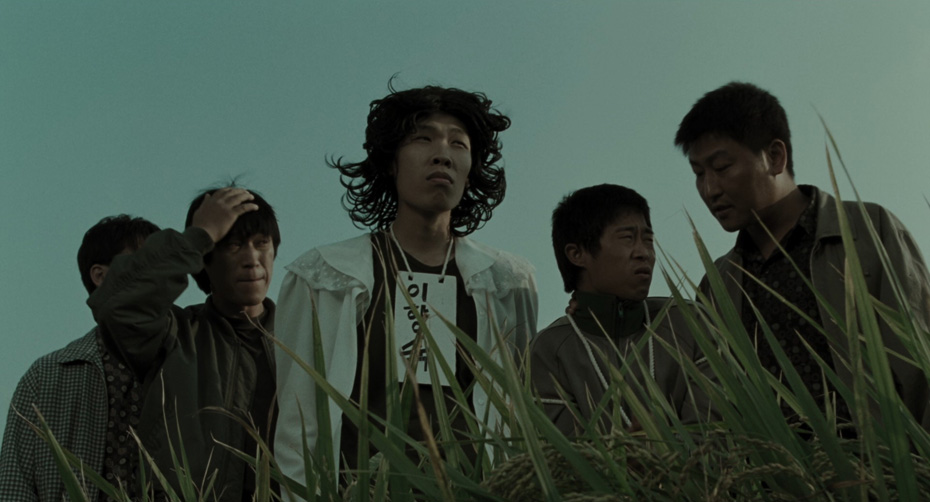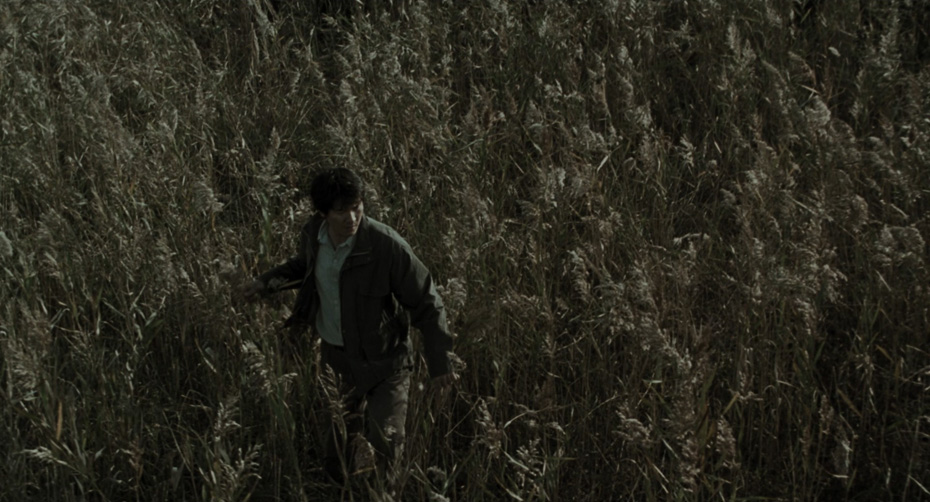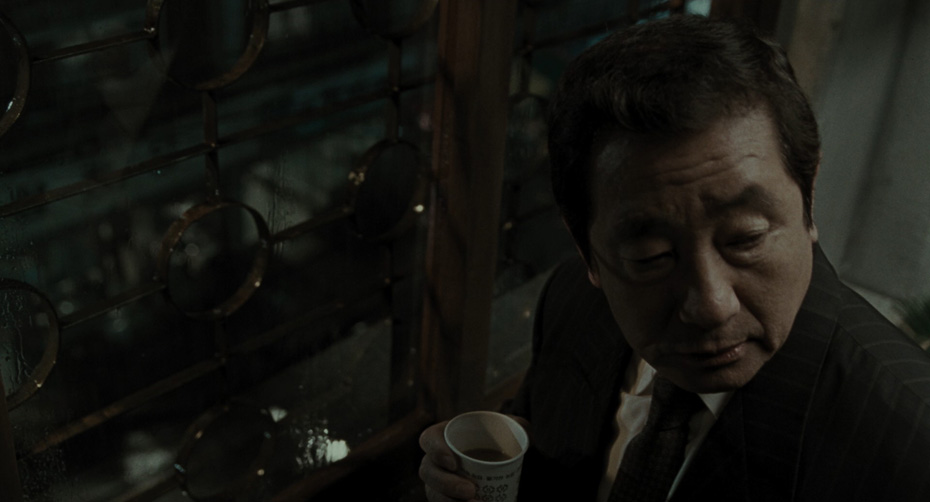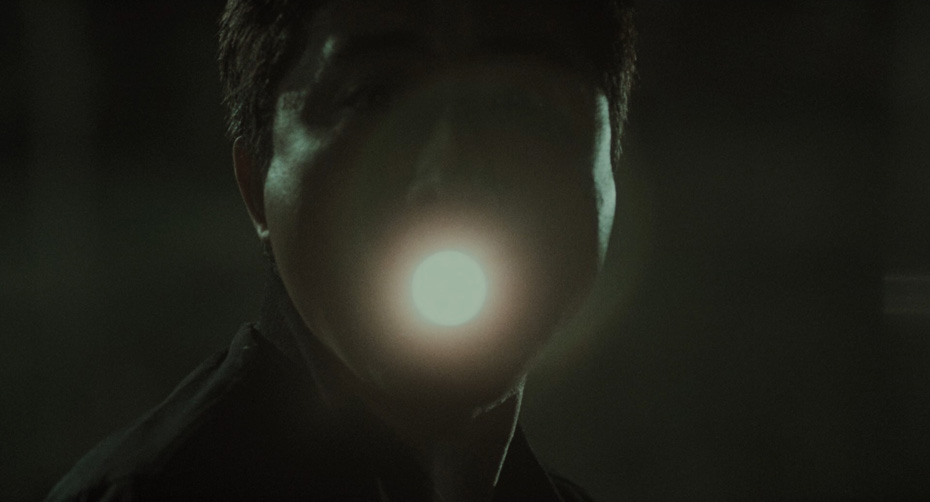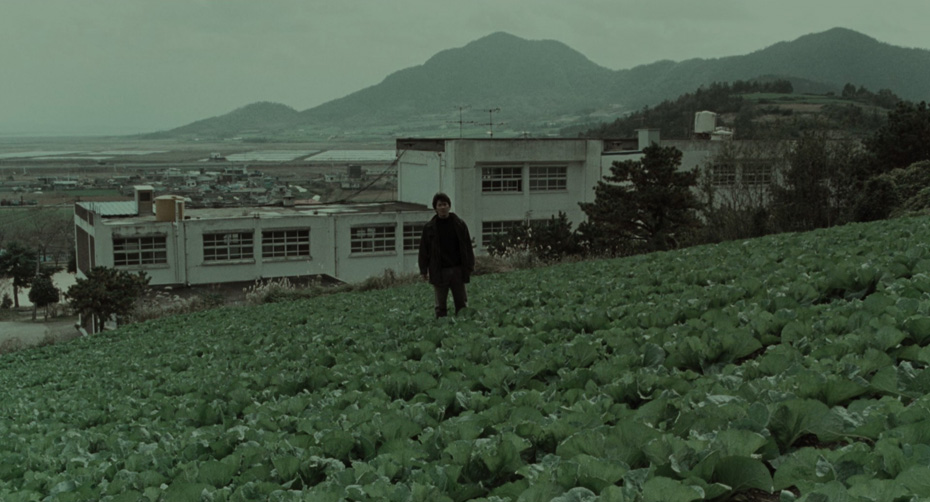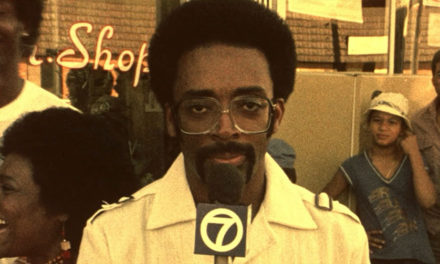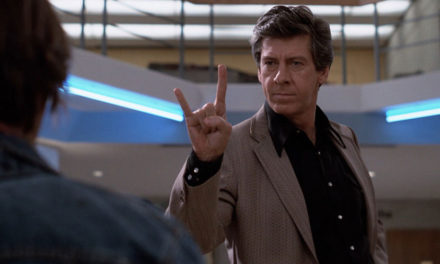THE TUESDAY DROP: 4,700+ New Shots
01.24.23 Get your Decks ready ShotDeck Community! We’re adding new titles to 3 acclaimed filmmakers filmographies including Bong Joon-ho, Sofia Coppola, and Robert Rodriguez. Remember you can always request titles for future drops by clicking here!
THE HOST (2006)
THE HOST is a 2006 South Korean monster film co-written and directed by Bong Joon-ho, starring Song Kang-ho, Byun Hee-bong, Park Hae-il, Bae Doona and Go Ah-sung. The film follows a vendor (Song) and his family, who attempt to save their daughter (Go) from a creature born of American chemicals dumped into the Han River who abducts her. The Host premiered at the Cannes Film Festival and grossed over $89 million from its $11 million budget, becoming the most financially successful South Korean film of all time and going on to win the Best Film award at the Asian Film Awards. Bong worked on the film with South Korean cinematographer Kim Hyung-goo, with whom he also shot Barking Dogs Never Bite.
Bong had the crew go to extreme physical lengths to shoot sections of The Host, taking them to sections of the real-life sewers of the Han River to film. The crew all took tetanus shots prior to filming, and since the team was filming in winter, they needed heaters to thaw out parts of the bottom of the sewers which had frozen over. The crew had to deal with creatures such as mosquito larvae and blood-sucking tapeworms in this part of the production itself, and was at risk of electrocution because of the lighting units that were placed in the water for sections of the film.
MARIE ANTOINETTE (2006)
MARIE ANTOINETTE is a 2006 historical drama written, produced and directed by Sofia Coppola, based on the life of Queen Marie Antoinette (played by Kirsten Dunst) in the years leading up to the French Revolution. The film is adapted from Antonia Fraser’s biography, Marie Antoinette: The Journey, published in 2001. The film also stars Jason Schwartzman, Judy Davis, Steve Coogan, Rip Torn and Rose Byrne. Marie Antoinette premiered at the Cannes Film Festival, going on to earn over $60 million from its $40 million budget and winning an Academy Award for Best Costume Design. Coppola worked on the film with Italian costume designer Milena Canonero, who worked with her father on The Cotton Club, Tucker: The Man and His Dream and The Godfather Part III. Canonero’s other credits include Ocean’s Twelve and The Grand Budapest Hotel.
Coppola wanted Marie Antoinette to be a highly stylized interpretation of history, taking cues from true-to-life details but putting a deliberately new wave and post-punk aesthetic on the film that highlighted its feminist perspective. These choices were reflected in the cinematography and in the soundtrack of the film, as well as in its costume design. Coppola and Canonero wanted the film to have an excessive, candy-like quality in its costuming, celebrating the femininity of the characters wearing the costumes as well as displaying the extravagance and opulence of their lives. Male characters such as Count von Fersen were influenced greatly by rock singers from the 1980s such as Adam Ant, and Canonero went to great lengths to bring the story to a contemporary audience through her costuming work. Canonero and her team of six assistant designers created the gowns, hats, suits and prop costumes, employing ten rental houses, as well as Manolo Blahnik and Pompei for the shoes, and Rocchetti & Rocchetti for the hair pieces and wigs.
BARKING DOGS NEVER BITE (2000)
BARKING DOGS NEVER BITE is a 2000 South Korean dark comedy co-written and directed by Bong Joon-ho in his feature directorial debut. The film stars Lee Sung-jae as an out-of-work college professor who is so irritated by the sound of dogs barking in his apartment building that he wages a war against them, kidnapping and killing them. At the same time, a young woman who works at the apartment complex as a maintenance worker (Bae Doo-na), decides to investigate when she starts receiving notices from tenants about missing dogs. Kim Ho-jung, Byun Hee-bong, Go Soo-hee, Kim Roi-ha and Kim Jin-goo also star. Bong worked on Barking Dogs Never Bite with South Korean cinematographer Jo Yong-Gyu, whose filmography includes Crying Fist (2005) and South Bound (2013).
Bong and Jo’s collaboration began with an extensive storyboarding period, during which time the pair designed both the compositions and the lighting design for the film, all in service of maximizing the tension at the heart of the film’s narrative. The film’s visual language featured stylistic choices that would become hallmarks in Bong’s directorial career, including long lateral tracking shots for action sequences, staging contrasting action in depth in different halves of the frame, lighting gags that created sudden tonal and genre shifts, and close-ups where characters looked directly into the camera.
OKJA (2017)
OKJA is a 2017 sci-fi action-adventure film co-written, produced and directed by Bong Joon-ho. The film stars Seo-Hyeon Ahn as Mija, a young girl who raised a genetically modified “super pig” named Okja, who, after she is taken to the United States, she must save from mistreatment at the hands of the meat industry. The film features an ensemble cast also starring Byun Hee-bong, Yoon Je-moon, Tilda Swinton, Paul Dano, Steven Yeun, Shirley Henderson, Jake Gyllenhaal, Lily Collins, Devon Bostick and Giancarlo Esposito. Okja premiered at the 2017 Cannes Film Festival, where it was nominated for the Palme d’Or. Bong worked on the film with Iranian-French cinematographer Darius Khondji. This was the pair’s first collaboration, and the pair will work together again on the upcoming Mickey 17. Khondji’s other credits include The Lost City of Z, Uncut Gems, Se7en and Funny Games.
Bong and Khondji first spoke about manga as a reference point for the visual style of Okja, referencing the need to show the presence of nature around Mija, and contrast that visually as soon as they entered the colder, more aggressive city environment. Given Netflix’s mandate to shoot digitally, Bong and Khondji chose to shoot on the Alexa 65. Okja was one of the first films to be entirely shot with this camera, and Khondji chose it because of its sharpness and smoothness at the center, its rendering of skin tones, and its lack of low-light harshness, all of which allowed him to expose on the camera similarly to film. Most of Okja was shot on location, and Khondji’s process for working on location began with understanding the tone of the scene, and then where the light was energetically coming into the space, be it naturally or artificially. From there, Khondji would work with Bong to block the scene with the actors, and then go about shaping light through a mixture of natural and artificial sources.
EL MARIACHI (1992)
EL MARIACHI is a 1992 American Spanish language neo-Western written, produced, edited, shot and directed by Robert Rodriguez in his feature directorial debut. The film is the first in his “Mexico trilogy”, and follows El Mariachi (Carlos Gallardo), a traveling guitar player who is mistaken to be a professional assassin, and must shoot his way out of the vicious mob war he finds himself unwittingly embroiled in. Consuelo Gómez, Peter Marquardt, and Reinol Martínez also star. El Mariachi was initially intended for an at-home release but was bought and distributed by Columbia Pictures, who also spent some additional funds on post-production. The film grossed over $2 million at the box office from its original budget of $7,225, becoming the lowest-budgeted film to ever cross the $1 million mark at the box office. In 2011, El Mariachi was added to the US National Film Registry by the Library of Congress.
El Mariachi has become widely recognized as a landmark of low-budget independent filmmaking, with Rodriguez explaining the cost-cutting methods he went to in order to make the film. Instead of using a slate, actors signaled the number of the scene and take with their fingers. Sound was not recorded in sync with the image, and instead was recorded asynchronously and synced in post-production. Grip and camera equipment such as dollies were improvised out of wheelchairs, and Rodriguez shot the film by often filming scenes in one extended take with a single camera, pausing the action during scenes so he could change the camera angle and make scenes appear as though they were films with multiple cameras. Rodriguez also shot El Mariachi on 16mm film instead of 35mm film, shooting only 24 rolls of film and coming in under the originally planned production budget of $9,000.
MIDNIGHT MASS: SEASON ONE (2021)
MIDNIGHT MASS is an American supernatural horror television miniseries created, co-written and directed by Mike Flanagan, and starring Zach Gilford, Kate Siegel, Hamish Linklater, Samantha Sloyan, Rahul Kohli, Kristin Lehman and Henry Thomas. The miniseries follows an impoverished island community that starts experiencing supernatural events after the arrival of a mysterious and charismatic priest (Linklater). Midnight Mass premiered on Netflix in September 2021, and was nominated for three Critics’ Choice Television Awards and one Writers Guild of America Award. Flanagan worked on the series with American Production Designer Steve Arnold, whose Production Design credits include The Big Bang, House of Cards, Castle Rock and Mindhunter.
The entire set, including the exteriors, of the town for Midnight Mass, were all built for the shoot. After Flanagan and Arnold deliberated with the team about how to divide time between stage environments and being in the elements, they decided to look for a location that would feel like a remote island devoid of mountains or steep views, and then build the town there. Eventually, the team found a location near Vancouver that allowed them to film in a park with water views. Afterwards, Flanagan, Arnold and DP Michael Fimognari collectively figured out the spatial geography of the town and its relationship to the film’s visual language, using shot lists as a reference for where paths should go for longer walk-and-talk scenes, and where structures should be. Arnold’s collaboration with Flanagan and Fimognari went down to the details of making roads out of different materials so that the sound department wouldn’t hear too much additional crunching as people walked.
SOMEWHERE (2010)
SOMEWHERE is a 2010 drama written, produced and directed by Sofia Coppola. The film stars Stephen Dorff as Johnny Marco, an actor recuperating from an injury at the Chateau Marmont in Beverly Hills, who is visited during his stay by his young daughter, Cleo (Elle Fanning). As the two spend more time with each other, Johnny is forced to confront his way of life and his parenting habits. Somewhere premiered at the Venice International Film Festival, where it won the Golden Lion award. It went on to gross over $13 million internationally from its $7 million budget. Coppola worked on the film with American cinematographer Harris Savides, in the pair’s first collaboration. Savides’s other films include Milk, American Gangster, Elephant, The Bling Ring and Zodiac.
Coppola and Savides wanted Somewhere to feel like a film that was made in the same traditions of the French New Wave films they referenced when they began their collaboration. Both wanted the film to have a sense of reality and storytelling intimacy that placed a priority on longer takes lit naturally which evolved in real time. Coppola was interested in grounding the camera in Johnny’s perspective, and evolving the visual language to show the evolution of his own “male gaze” away from purely objectifying women to seeing them more holistically, with the help of his daughter’s presence in his life. Somewhere was almost entirely shot on location at the Chateau Marmont, and Savides and his team used the natural and artificial lights of the location to shape the lighting design and tonal storytelling of Somewhere.
THE BLING RING (2013)
THE BLING RING is a 2013 crime film written, produced and directed by Sofia Coppola, based on the 2010 Vanity Fair article by Nancy Jo Sales “The Suspects Wore Louboutins”. The film follows the real-life Bling Ring, a group of fame-obsessed teenagers who burgled the homes of celebrities. The film features an ensemble cast led by Katie Chang, Israel Broussard, Emma Watson, Taissa Farmiga and Claire Julien. The Bling Ring premiered in the Un Certain Regard section of the 2013 Cannes Film Festival, and went on to gross over $20 million worldwide from its $8.2 million budget. Coppola worked on the film with legendary American cinematographer Harris Savides, who died before the film was released. The rest of production was carried out by Christopher Blauvert.
Coppola and Savides started with common references of Foxes (1980) and Over the Edge (1979), interested in the way that they captured the camaraderie of the characters and the carefree attitude of the kids in the story. The pair determined that it was important for the camera language to be limber and fluid, staying handheld wherever possible and able to capture the action in the moment and minimize the need for cutting, allowing the audience to live in the same reality as the characters and not feel as though the story was compromised in its authenticity. Savides worked closely with DIT Jeff Flohr to create a digital look from the Red Epic Dragon that could capture this look in the final product, and Blauvert later worked with Flohr to ensure that The Bling Ring captured Savides’s original intention with the film.
ON THE ROCKS (2020)
ON THE ROCKS is a 2020 American comedy-drama written, produced and directed by Sofia Coppola. The film stars Bill Murray and Rashida Jones as Felix and Laura, a father and daughter who harbor suspicions about Laura’s husband (Marlon Wayans) and his possible infidelity. Jenny Slate and Jessica Henwick also star. On the Rocks premiered at the New York Film Festival before being picked up by the streaming service Apple TV+. Coppola worked on On the Rocks with French cinematographer Philippe Le Sourd. The pair had previously collaborated on The Beguiled. Le Sourd’s other work includes The Grandmaster, Seven Pounds and Coppola’s upcoming Priscilla.
Coppola and Le Sourd decided early on that they wanted to shoot On the Rocks on 35mm film, and that they wanted to use the natural environment of New York as a character in the film that influenced their composition and lighting strategy. Le Sourd chose to shoot on the Arricam LT with Panavision Ultra Speed MKII lenses, living mostly on the 40mm, 50mm and 75mm lens. Le Sourd and Coppola built their visual strategy around the principle that the visual point of view of each scene had to be dictated from the main character of that scene. Le Sourd and his camera team found practical solutions that meant they did not shoot with Steadicam, given Coppola’s preference to not use it, and lit the film with a mixture of HMIs, LEDs and DINOLights to maximize their efficiency on set.
ALITA: BATTLE ANGEL (2019)
ALITA: BATTLE ANGEL is a 2019 American cyberpunk action film directed by Robert Rodriguez, based on Yukito Kishiro’s manga series Gunnm. The film stars Rosa Salazar in performance-capture animation as Alita, a cyborg who is found in a scrapyard and cared for by Dyson Ido (Christoph Waltz), a doctor. When Alita awakens, she has no memory of who she is or the world she finds herself in, and sets out to uncover her past and her destiny. Jennifer Connelly, Mahershala Ali, Ed Skrein, Jackie Earle Haley and Keenan Johnson also star. Alita: Battle Angel grossed over $405 million from its $150-200 million budget, and was nominated for an Annie Award for Outstanding Achievement for Character Animation in a Live Action Production. Rodriguez worked on the film with VFX Supervisor Eric Saindon from Weta. Saindon’s credits include Avatar: The Way of Water, The Green Knight, I, Robot and The Lord of the Rings: The Return of the King.
The character of Alita was a fully digital creation, in which Salazar’s performance was captured to create and render Alita and her emotions and movements. While Alita was never intended to look completely human, the team needed to create an animated character that fit into the emotional journey of a character who is trying to develop her humanity. The Weta team built Salazar a suit that included two front-placed cameras on a helmet that were capturing infrared feeds. The team also placed dots on Salazar’s face to help capture her facial expressions in as much detail as possible. Next, the team built a digital double of Salazar, tracking her body movements and using it as the foundation of the animated Alita character they then created. This technique allowed them to ensure that the muscle movements and body mechanics of Alita felt authentic and endemic to Salazar’s performance of the character. Deep learning tools were utilized to ensure that Alita’s skin was created accurately, algorithmically painting pores on her in a way that was more advanced than procedural models would be able to. One major adjustment that occurred during post-production was the team’s decision to make Alita’s eyes bigger, which allowed the team to animate them in closer detail.
ONCE UPON A TIME IN MEXICO (2003)
ONCE UPON A TIME IN MEXICO is a 2003 American neo-Western action film written, produced, scored, edited, photographed and directed by Robert Rodriguez. It is the third and final installment in Rodriguez’s “Mexico trilogy”, following up from the 1992 film El Mariachi and the 1995 film Desperado. Once Upon a Time in Mexico stars Antonio Banderas as El Mariachi, and follows him as he is recruited by CIA agent Sheldon Sands (Johnny Depp) to kill a corrupt general responsible for the death of his wife, Carolina (Salma Hayek). Once Upon a Time in Mexico premiered in September 2003 and grossed over $98 million from its $29 million budget.
Once Upon a Time in Mexico was the first American studio-backed film to be entirely shot in high definition digital video. Rodriguez opted to shoot digitally after seeing footage that George Lucas had shot for parts of Star Wars: Episode II – Attack of the Clones. Rodriguez felt that shooting digitally would allow him to save time and money, as well as simplify the entire filmmaking pipeline. Rodriguez shot the film on the Sony HDW-F900 Camera, which later went on to be used in projects such as Doctor Who, The Big Bang Theory, Dexter, Tetro and The Office.
SIN CITY (2005)
SIN CITY is a 2005 American neo-noir crime anthology film produced and co-directed by Robert Rodriguez and Frank Miller, based on Miller’s 1991-2 graphic novel of the same name. The film is largely based on the first, third and fourth books in Miller’s comic series, following four different stories. A mysterious salesman (Josh Hartnett) narrates a tragic story of codependency, while a vigilante (Mickey Rourke) fights through the criminal underworld in search of his lost love (Jaime King). In another part of the city, a cop (Bruce Willis) foils the ambitions of a child murderer (Nick Stahl), while a former sex worker (Brittany Murphy) teams up with her boyfriend (Clive Owen) to evade her ex-pimp (Benicio del Toro). Sin City premiered at the Cannes Film Festival, where it was nominated for the Palme d’Or and won the Technical Grand Prize, before going on to gross over $158 million worldwide from its $40 million budget.
Rodriguez, who shot Sin City, wanted the film to be visually faithful to Miller’s original comics, considering the film to be less of an adaptation than a translation. The pair wanted the graphic novel’s original, down and dirty, high contrast visual language to be translated to the screen, and Rodriguez chose to implement this using a high-contrast, black-and-white style of cinematography that leveraged High Dynamic Range and selective coloring techniques. HDR involved taking many shots of the same image at different exposures and layering them on top of each other, creating an image with a huge amount of information, and creating the graphical look of the film, while selective coloring gave the movie its distinctive black-and-white with splashes of red look.
LOST IN TRANSLATION (2003)
LOST IN TRANSLATION is a 2003 American romantic comedy-drama written and directed by Sofia Coppola. The film stars Bill Murray as Bob Harris, a fading American movie star who is having a midlife crisis when he travels to Tokyo to shoot a whisky commercial. There, Bob meets Charlotte (Scarlett Johansson), a young woman traveling with her partner, and the pair strike up a friendship and budding romance. Giovanni Ribisi and Anna Faris also star. Lost in Translation premiered at the Telluride Film Festival, going on to gross over $118 million from its $4 million budget and earning four Academy Award nominations, winning in the Best Original Screenplay category. Coppola worked on the film with American cinematographer Lance Acord, whose filmography includes Marie Antoinette, Adaptation. and Where the Wild Things Are.
Coppola and Acord both wanted Lost in Translation to be filmed with a small and nimble crew, and wanted the visual language of the film to be representative of that approach, tapping into the isolation Bob was feeling and giving the movie a sense of capturing a fleeting memory. Acord chose to shoot interiors using Kodak Vision 500T 5263 35mm film stock for night exteriors and 320T 5277 stock in daylight, given the stocks’ ability to capture light and minimize the need for excessive lighting units on set. The majority of the film was shot on the Aaton 53-III with a smaller Moviecam Compact used in smaller locations. Acord and his team shot with available light wherever possible, often shooting wide open on the f-stop and cutting light, rather than adding it, in order to maintain a dreamy, soft depth of field, as well as to minimize reflections and have enough light practically in each frame.
MEMORIES OF MURDER (2003)
MEMORIES OF MURDER is a 2003 South Korean crime thriller co-written and directed by Bong Joon-ho. The film is loosely based on the true story of South Korea’s first confirmed serial murders, which took place between 1986 and 1991 in Hwaseong, Gyeonggi Province. The film stars Song Kang-ho and Kim Sang-kyung as Detective Park and Detective Seo, who try to solve the crimes over many years. Memories of Murder was Bong’s second feature film, and was adapted from the 1996 stage play Come to See Me by Kim Kwang-rim. The film premiered at the Cannes Film Festival, before going on to play at the New Zealand International Film Festival, Hawaii International Film Festival, London International Film Festival, Tokyo International Film Festival and San Sebastian International Film Festival, where Bong won the Best Director award. Memories of Murder has grown to become considered one of the finest films of Bong’s career, and one of the most important South Korean films ever made. Bong worked on the film with South Korean cinematographer Kim Hyeong-gu, who he also worked with on The Host. Other films shot by Kim include The Warrior, Together and The Day After.
Bong and Kim wanted Memories of Murder to maintain a somber visual tone that would remain consistent, even in spite of some of the film’s lighter, more comedic moments. He and Production Designer Ryu Seong-hee decided upon a design palette devoid of primary colors (with the exception of an occasional bloody red), opting largely for darker greens and blues that would create recessive images. In order to further accentuate this, Kim used a bleach bypass technique, in which the usual step of bleaching film in processing was skipped, meaning dyes were retained in the emulsion and the image was more desaturated than usual. The only exception to the bleach bypass rule were the opening and closing scenes, so that the amber rice field setting could be shown off. Bong, Kim and the team also wanted to shoot exterior shots in cloudy conditions whenever possible, to the point where the cast and crew would stop filming if it got too sunny and play soccer until conditions became more overcast and filming could resume.

